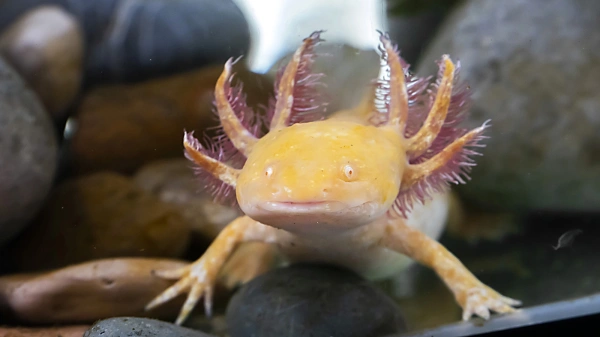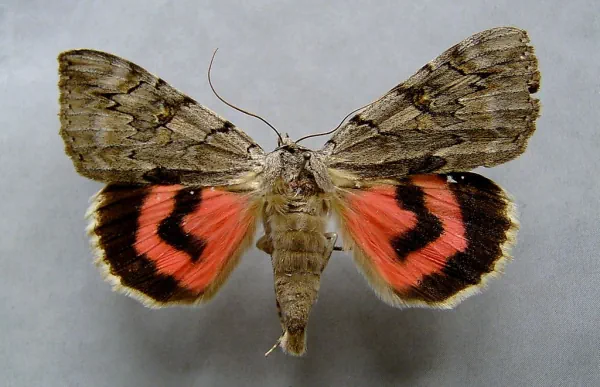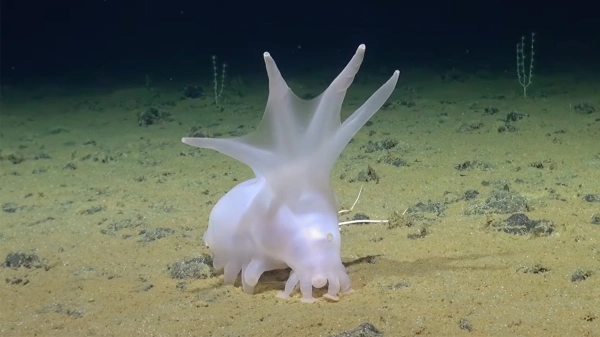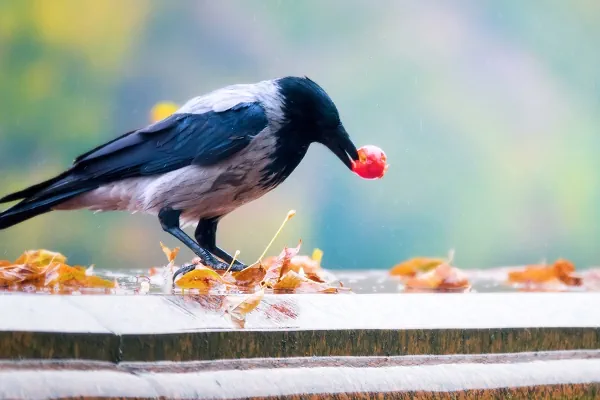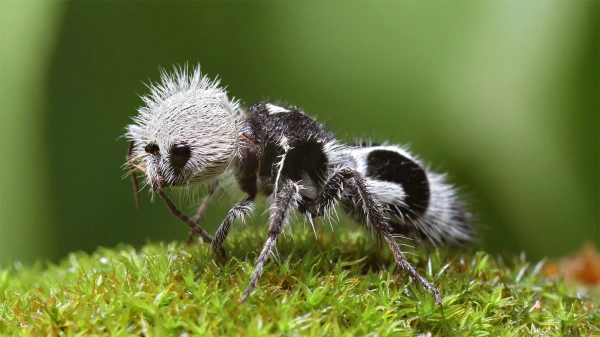Why-kids: Questions and answers
How do flies stand upside down on the ceilings?
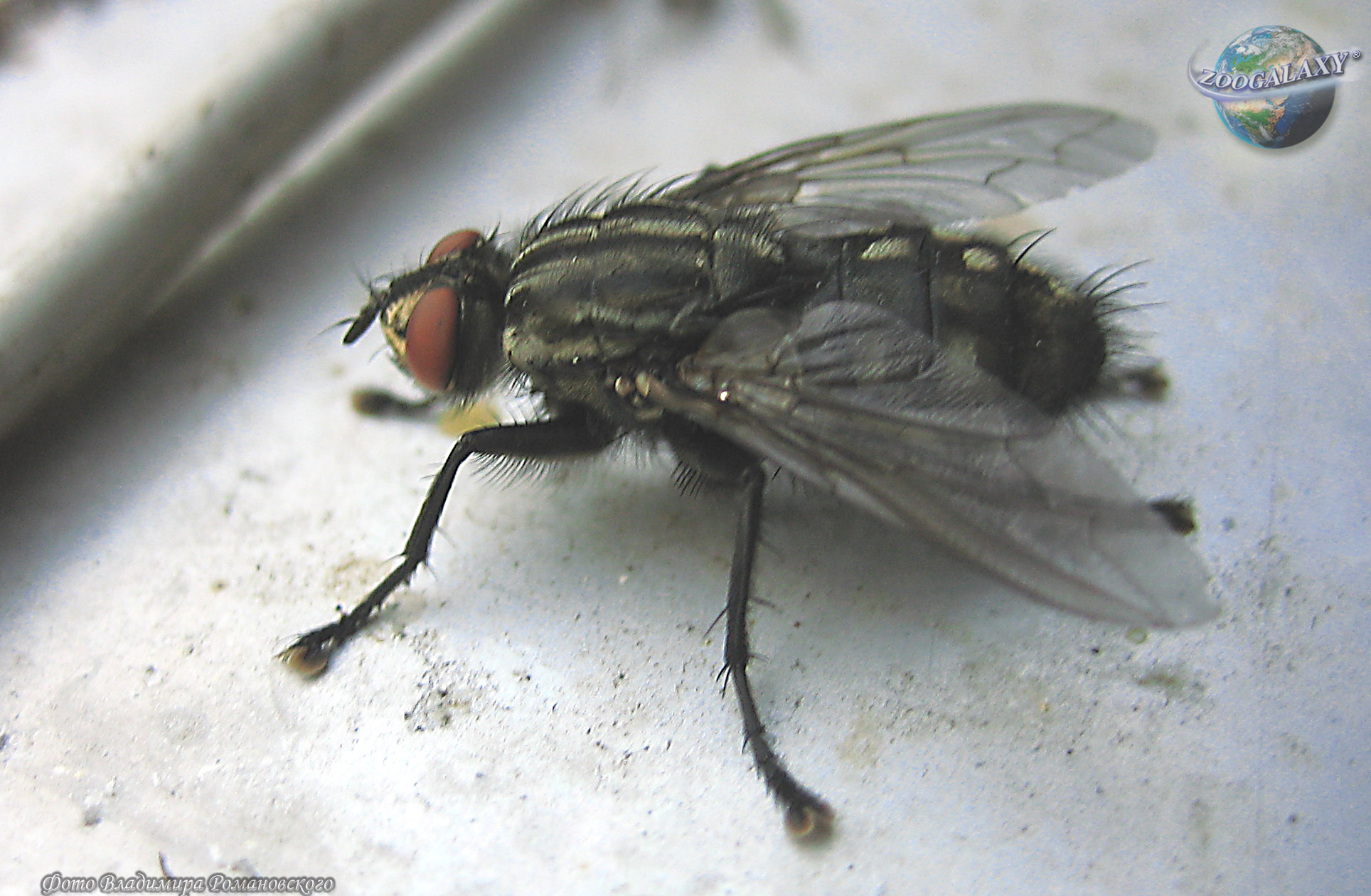
Answer
– Flies have hairy, sticky feet which make them able to walk upside down on the ceiling. Their special feet also help them to land on smooth surfaces, such as glass.
Why do squirrels have bushy tails?
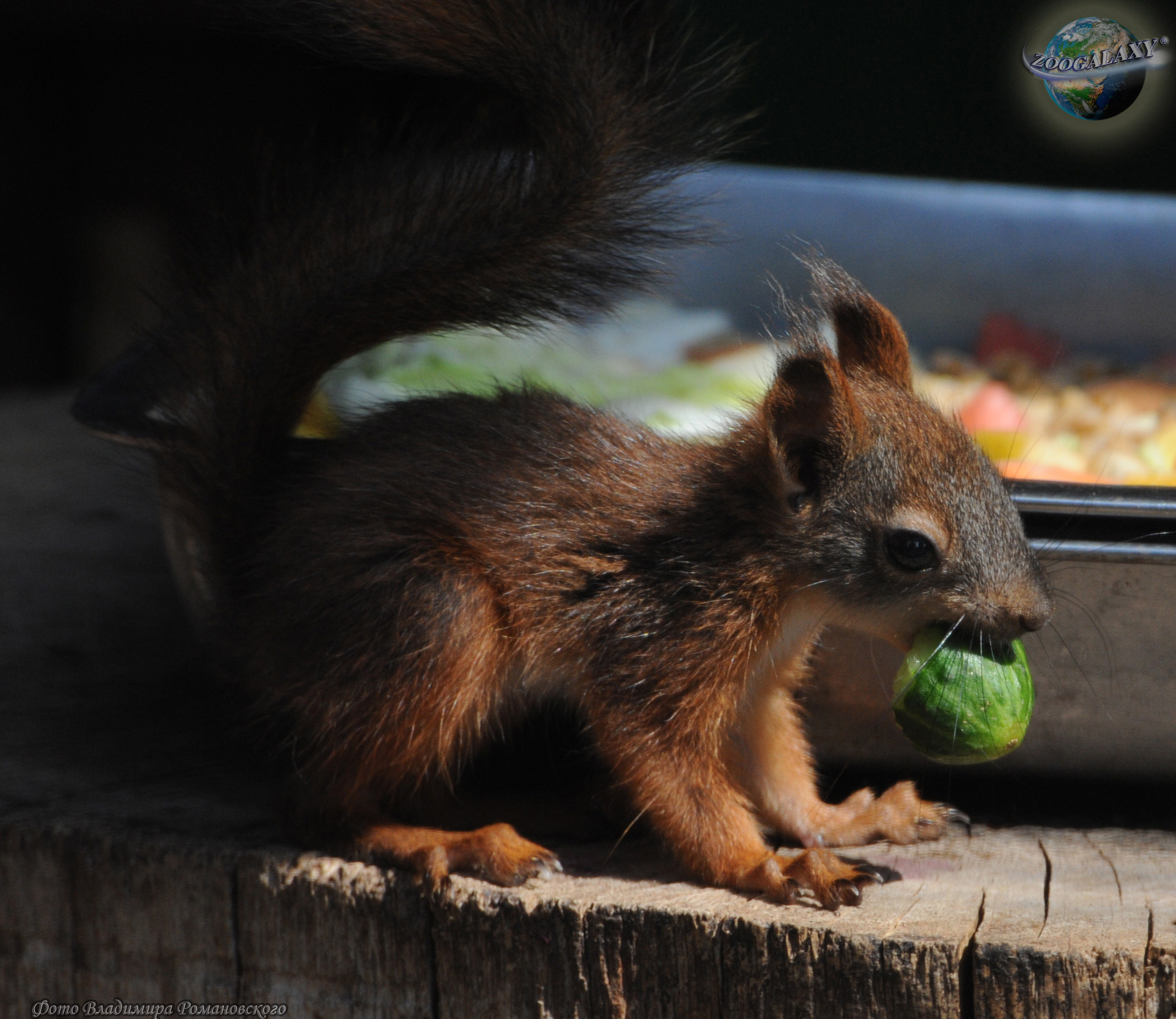
Answer
– Squirrel’s tail helps the animal maintain its balance and functions as a kind of parachute, slowing a squirrel’s descent, if it falls.
Why do bears hibernate?
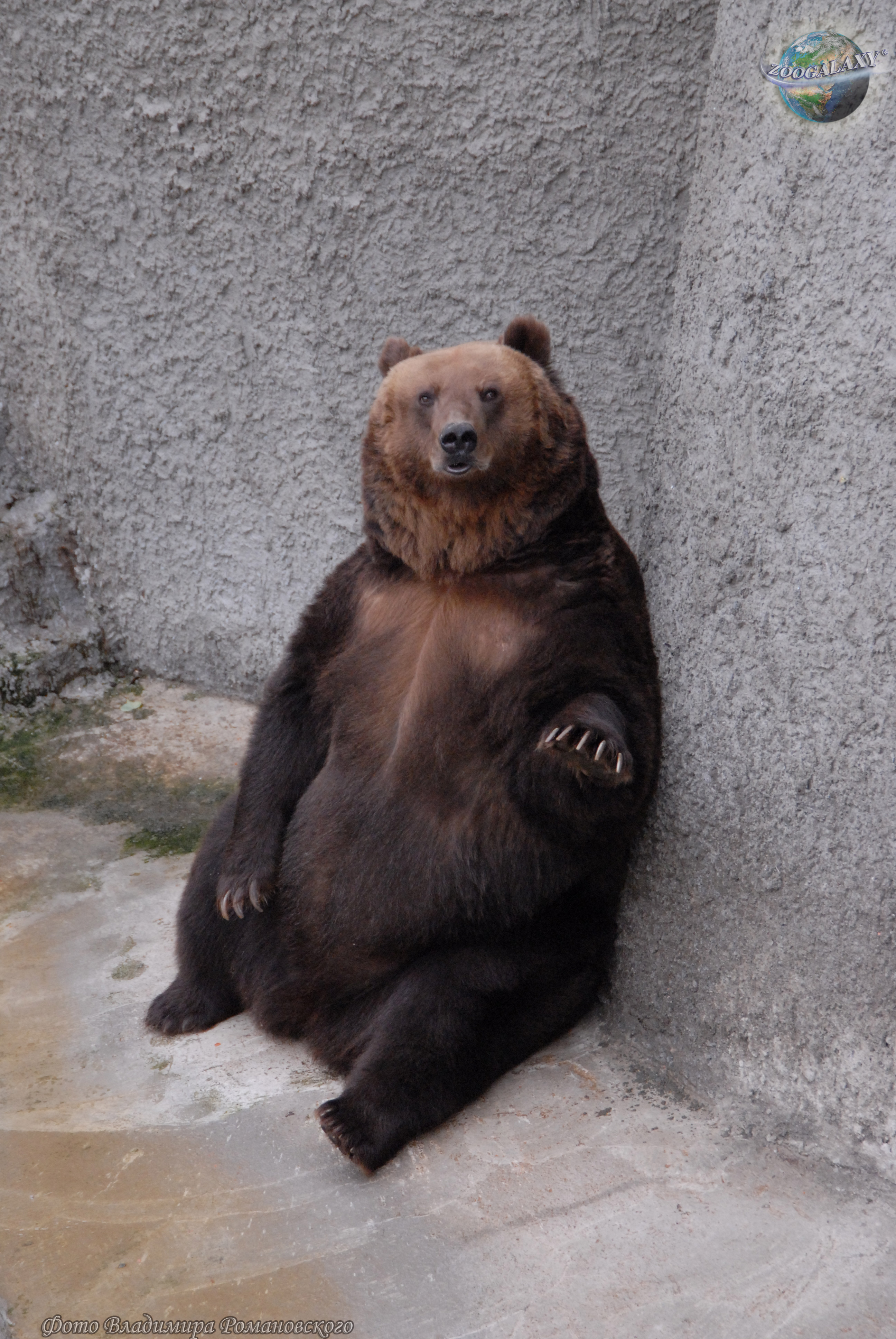
Answer
– Hibernation is a deep sleep that helps bears to save energy and survive the winter without eating much. During hibernation the animal's body temperature drops, and its heartbeat and its breathing slow down so that it uses up its extra body fat economically.
Why do camels have humps?
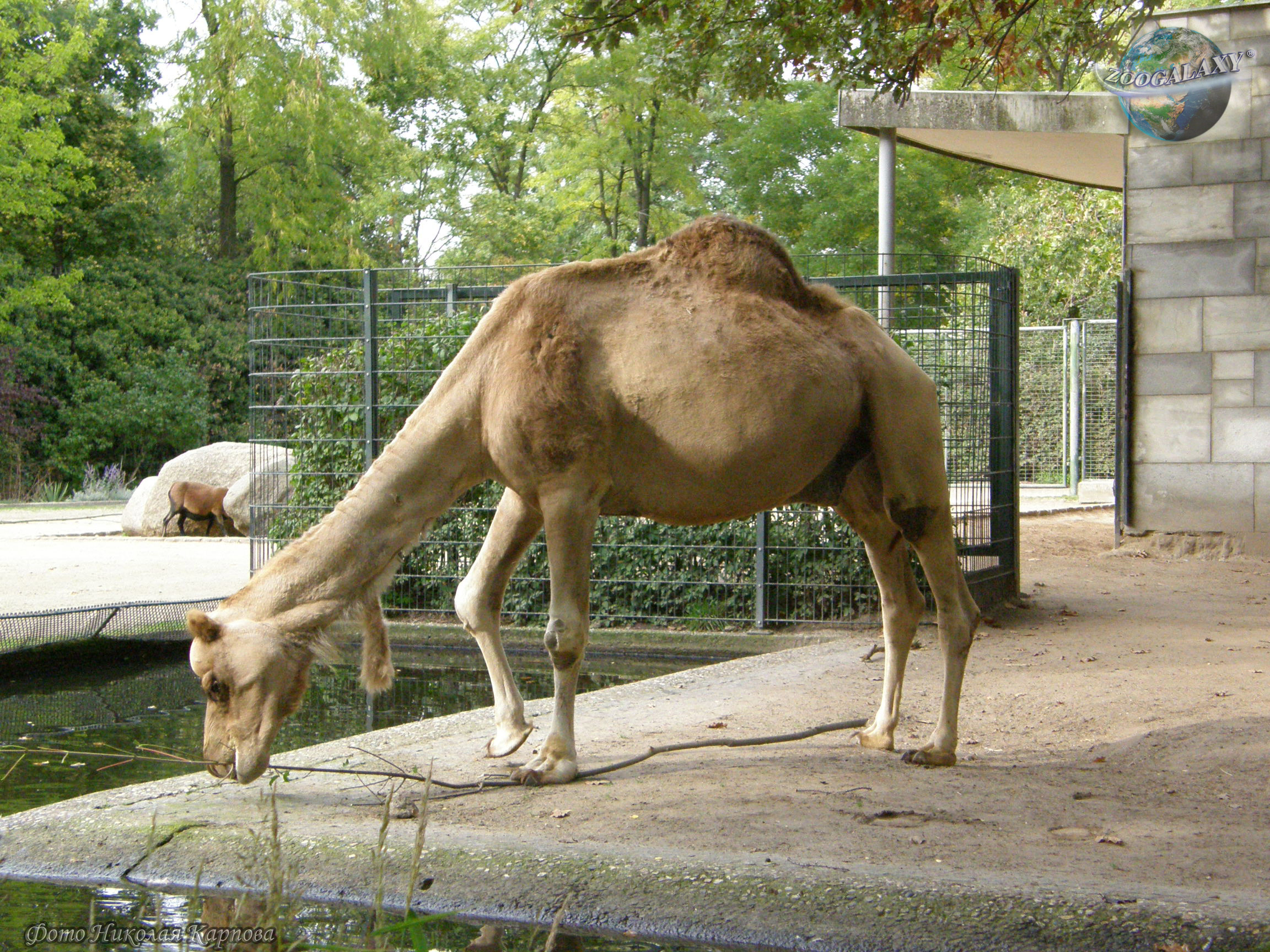
Answer
– Camels have humps on their backs as places to store fat that they can live off when food and water are scarce.
Why do grasshoppers chirp?
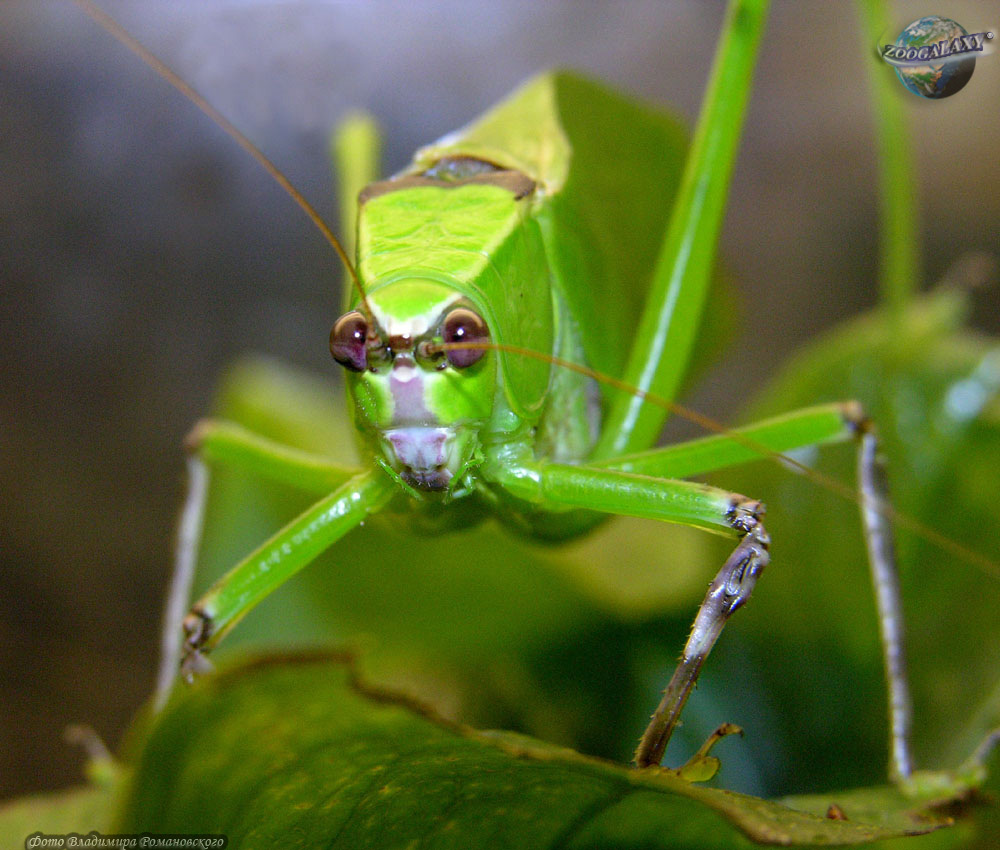
Answer
– Male grasshoppers chirp to attract females. One of the grasshopper’s wings has a “file”. The other wing has a “scraper”. The grasshopper rubs these two parts together to make a chirping sound.
Why do giraffes have such long necks?
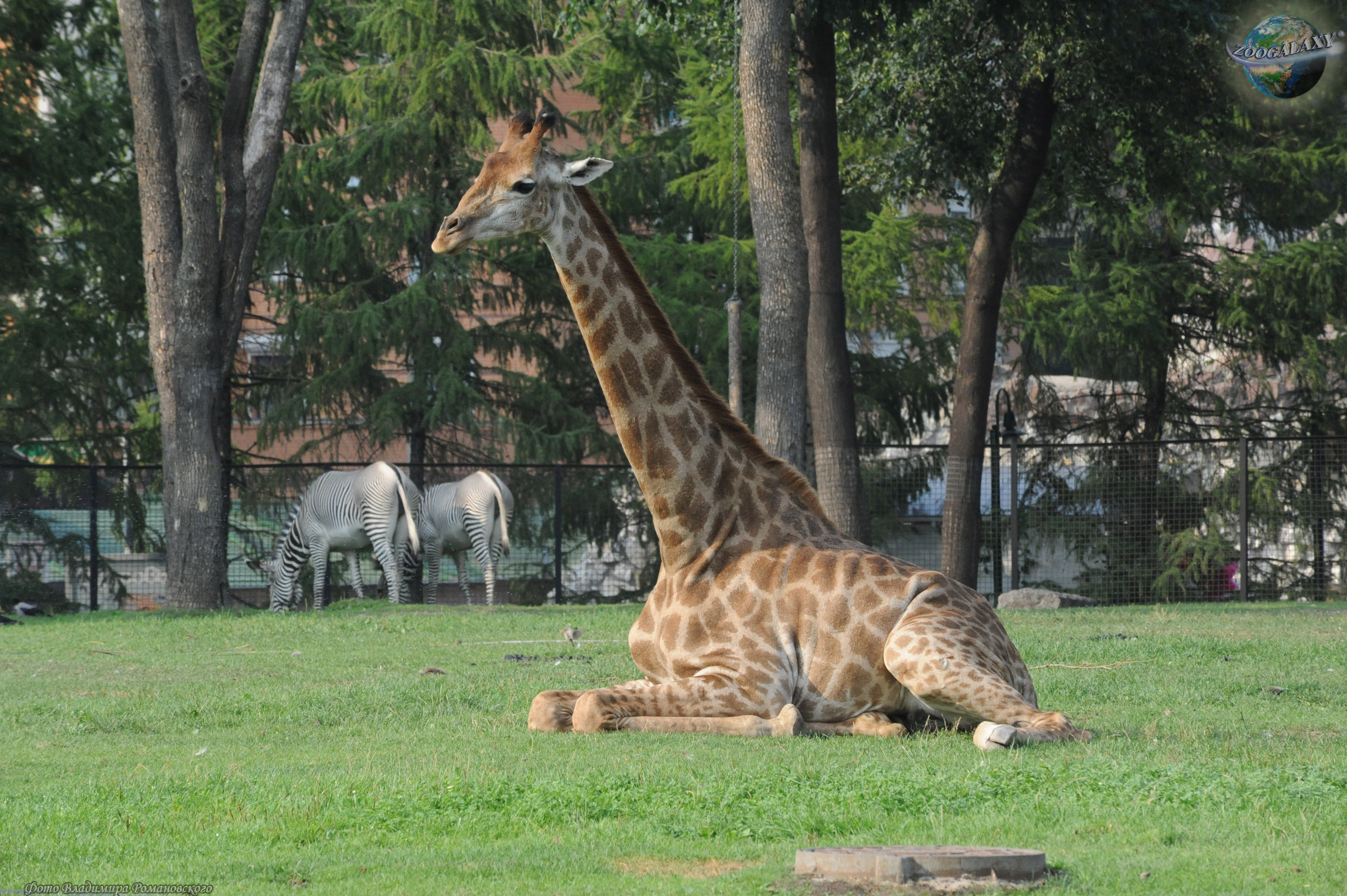
Answer
– Giraffe’s long neck provides this animal an exclusive access to the topmost leaves of the trees.
Why do domestic cats push their front paws in and out, alternating between left and right?
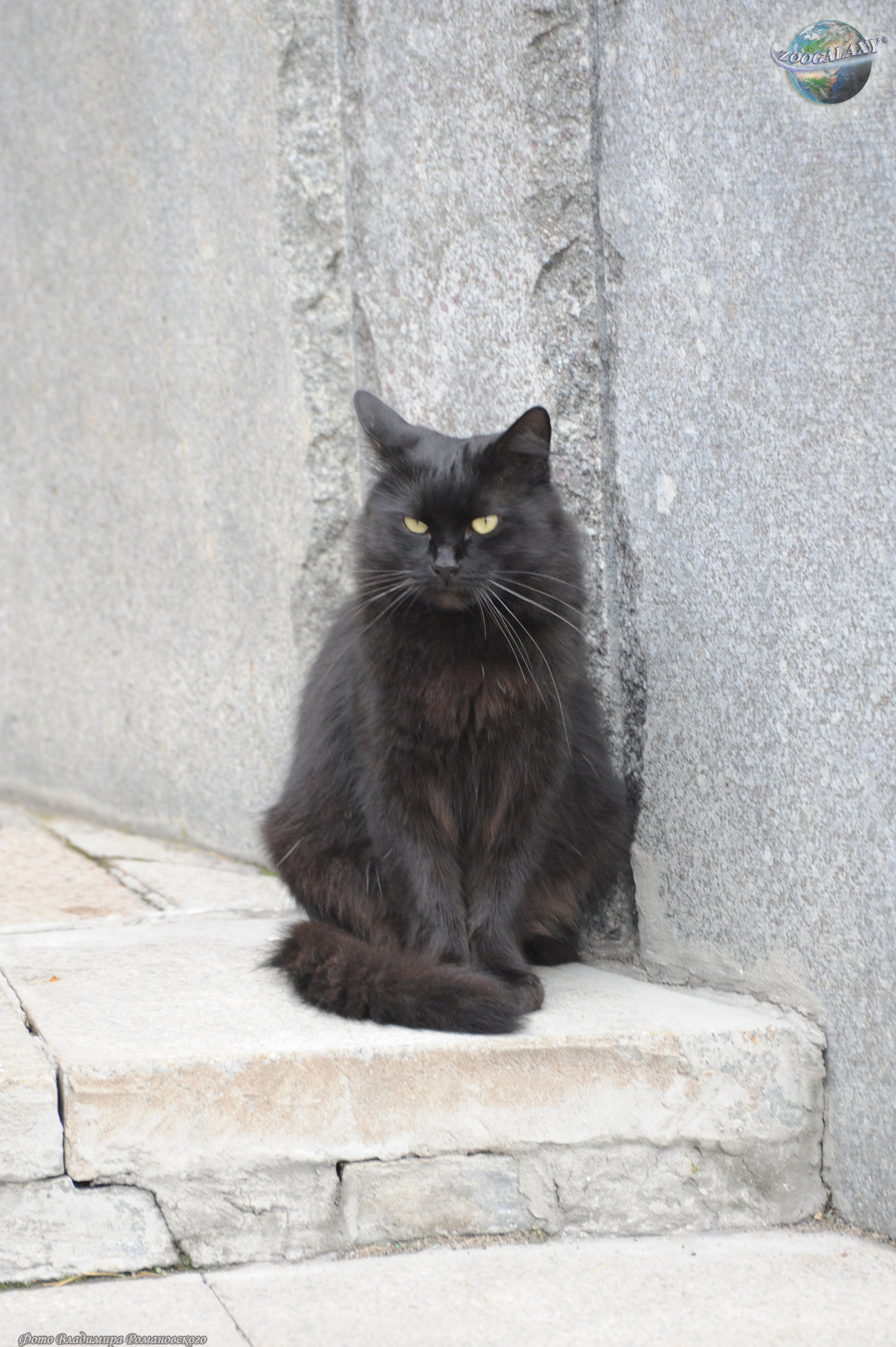
Answer
– This common behaviour in domestic cats, sometimes called “kneading”, is a leftover behaviour from kittenhood. During nursing, a kitten will knead the area around its mother's teat to promote the flow of milk. In adulthood, a cat may knead when it is feeling happy or content because it associates the motion with the comforts of nursing and its mother.
Why do birds fly south for winter?
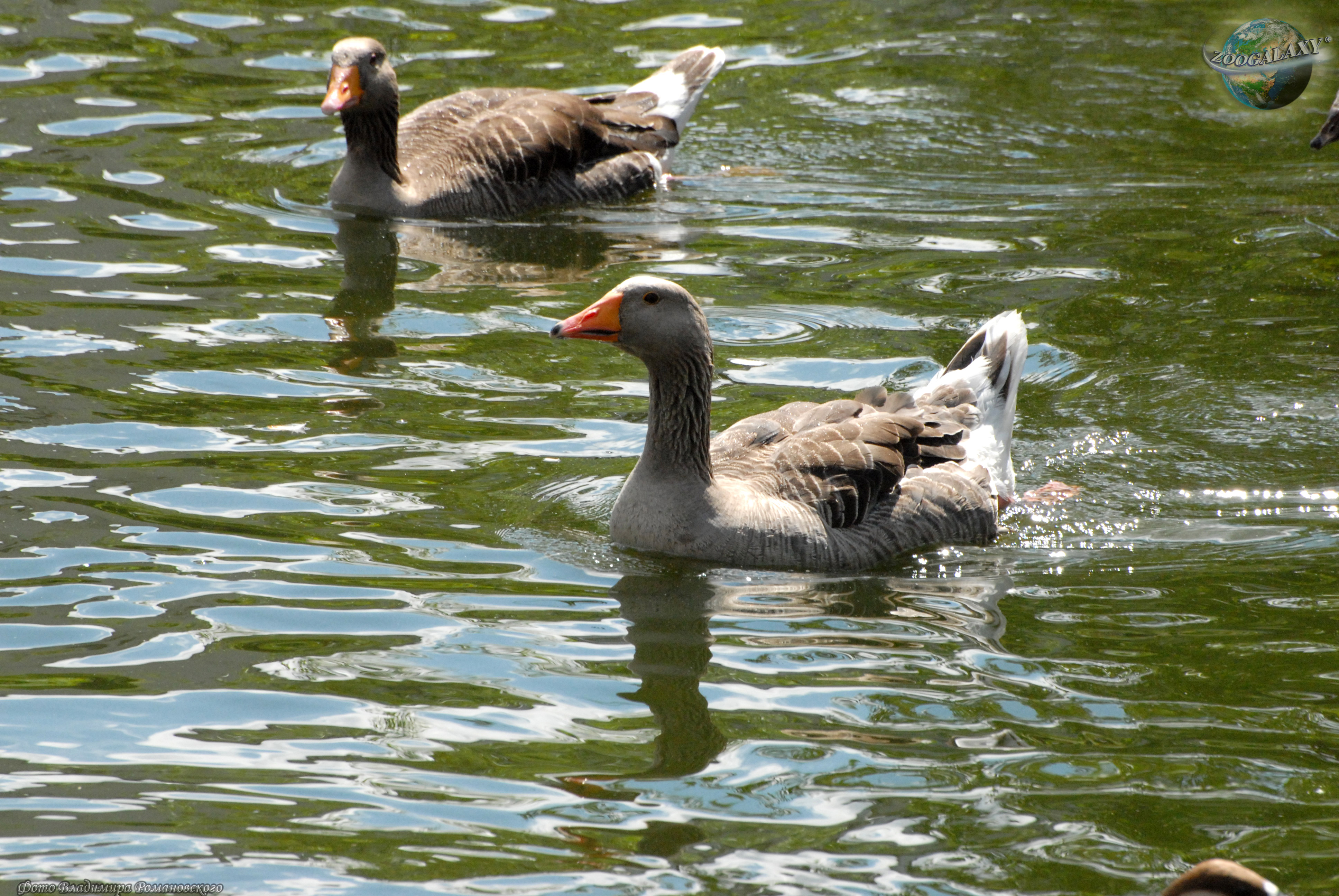
Answer
– Many birds feed on insectivorous diet. As winter approaches and the availability of insects and other food drops, the birds move south as otherwise they would not have any food to feed on.
Why do the wild boar piglets have striped patterns?
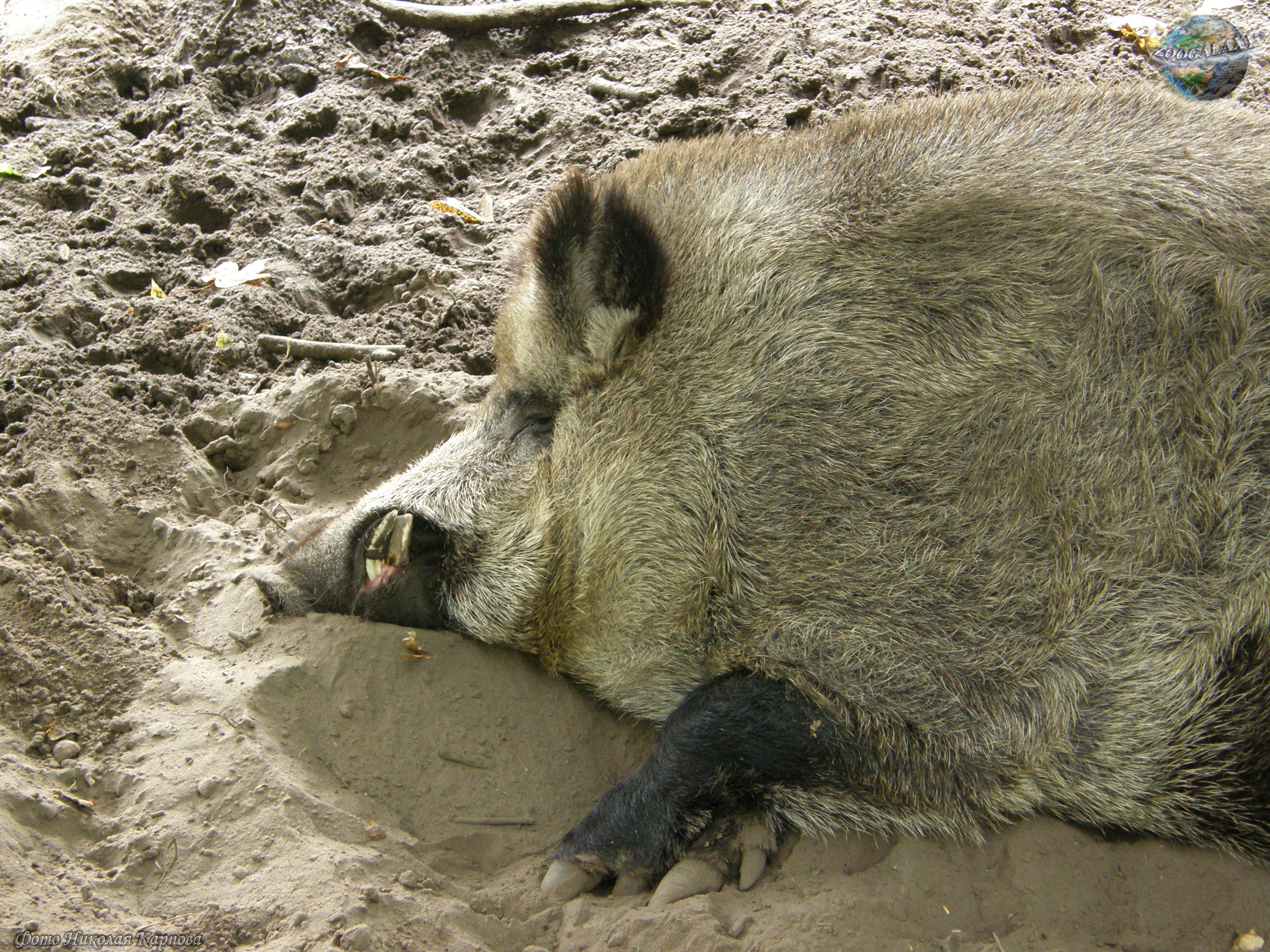
Answer
– The stripes serve as a camouflage helping the wild boar young blend into the debris on the forest floor. This colour pattern imitates broken up lights and shadows.
How bees make honey?
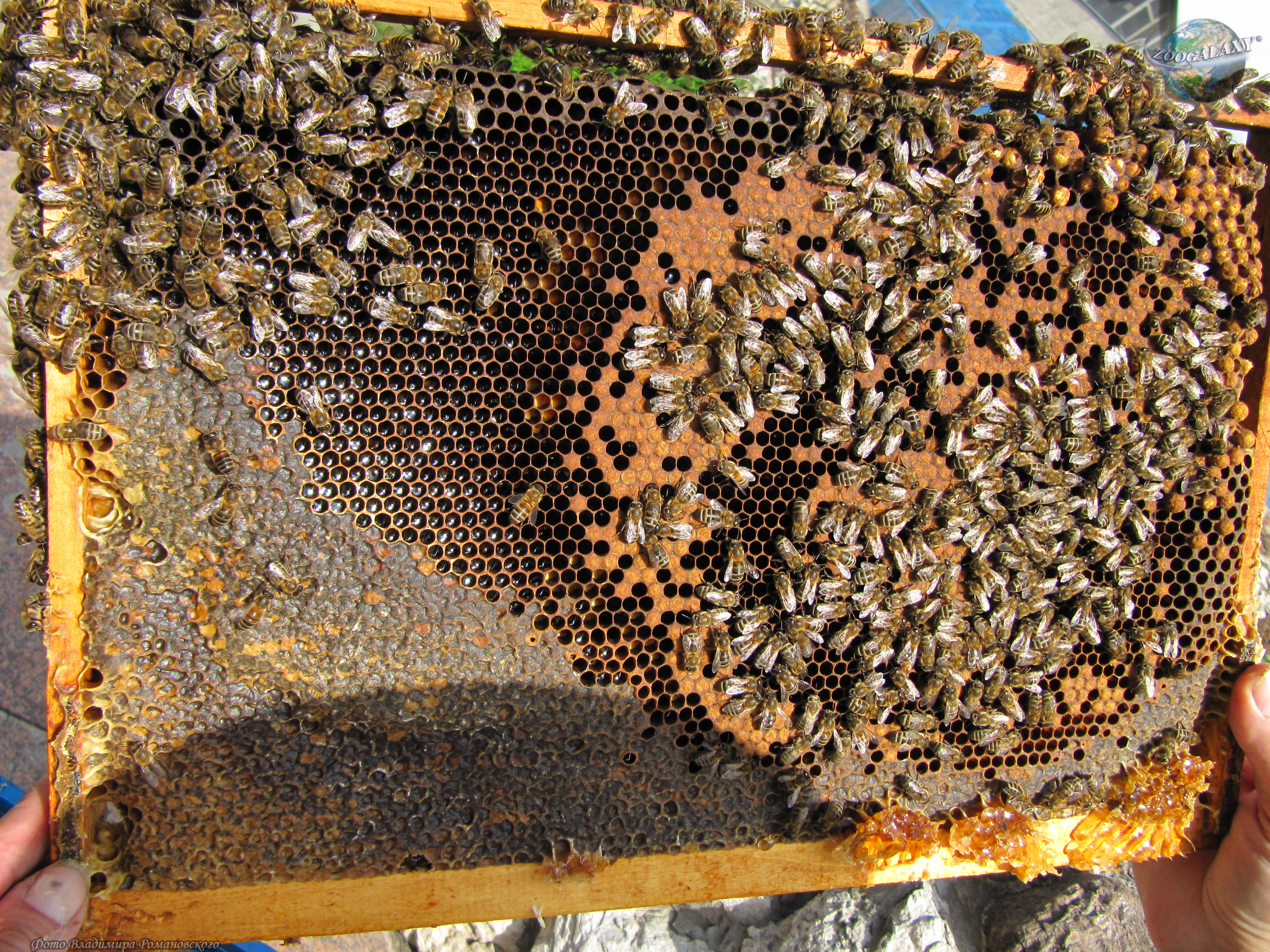
Answer
– Bees make honey from nectar, the sugary juice that collects in the heart of the flowers.
Why chickens can’t fly?
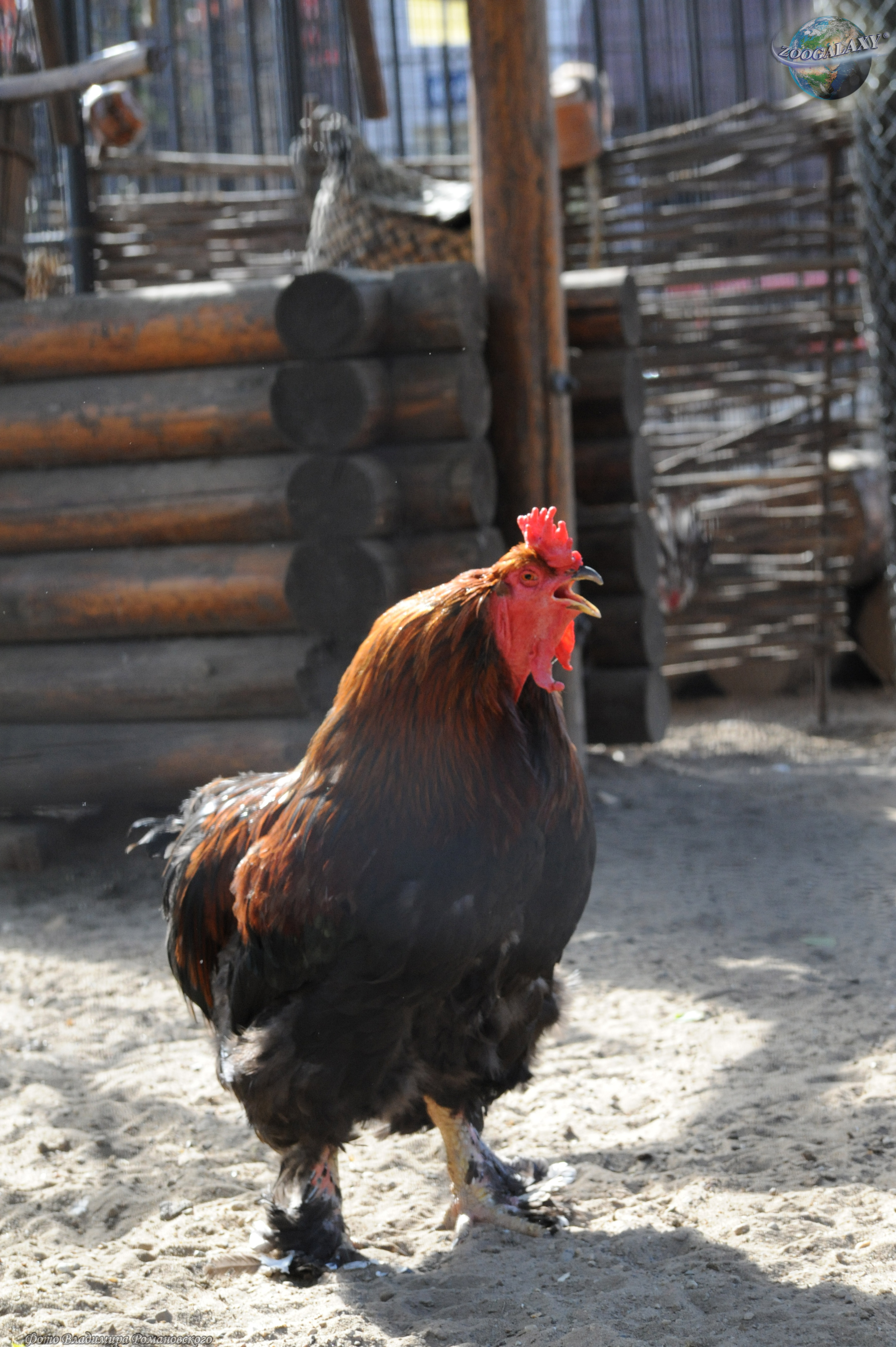
Answer
– Domesticated chickens are the result of selective breeding rather than natural evolution. They have heavy bones and their wings are not adapted to flying.
Why do dogs stick their tongues out?
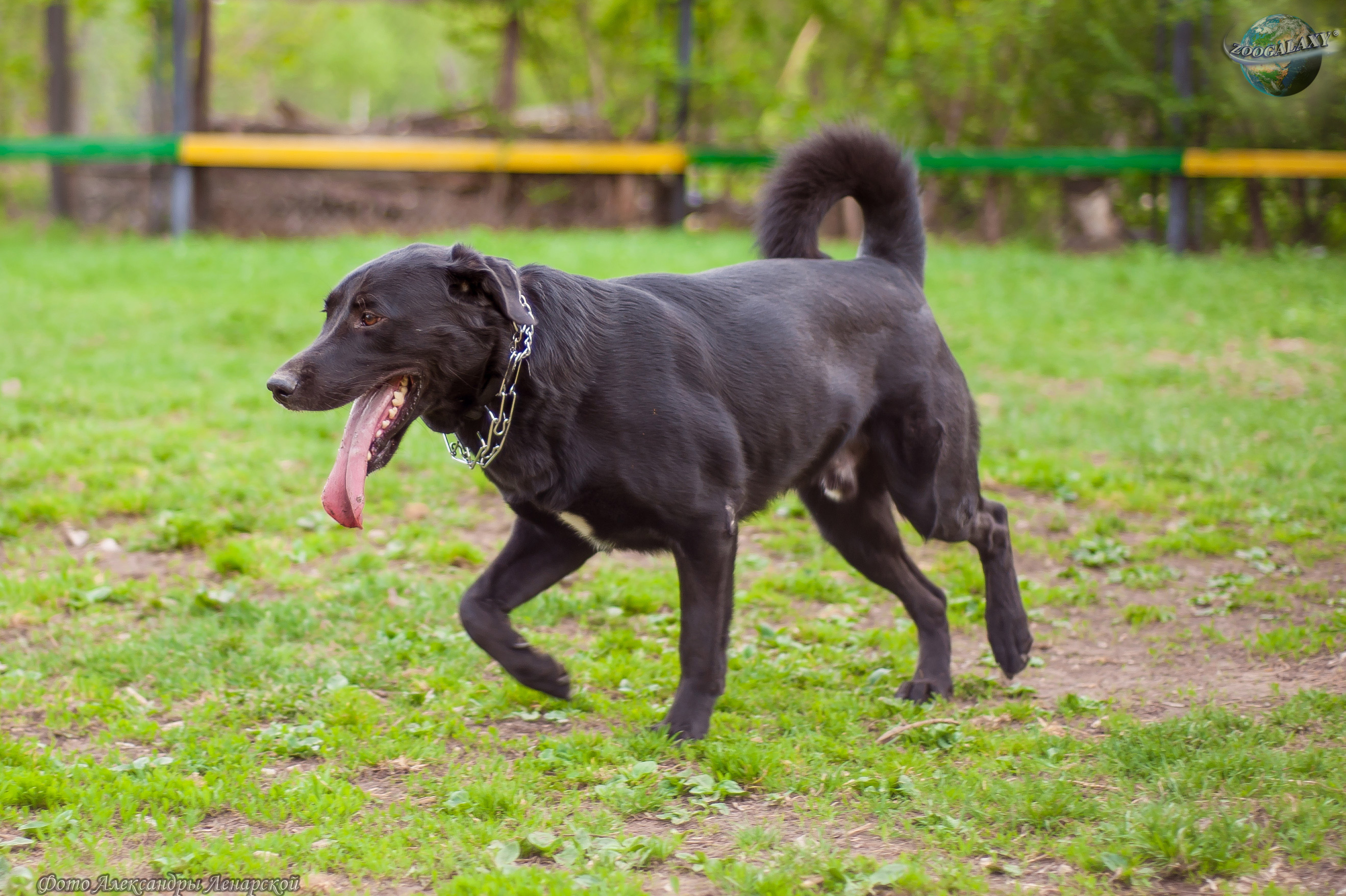
Answer
– Dogs do not sweat, except on their elbows and the pads of their feet, and, instead, they cool down with their tongue. Letting moisture on their tongues evaporate cools them.
How can a camel survive without water for long periods of time?
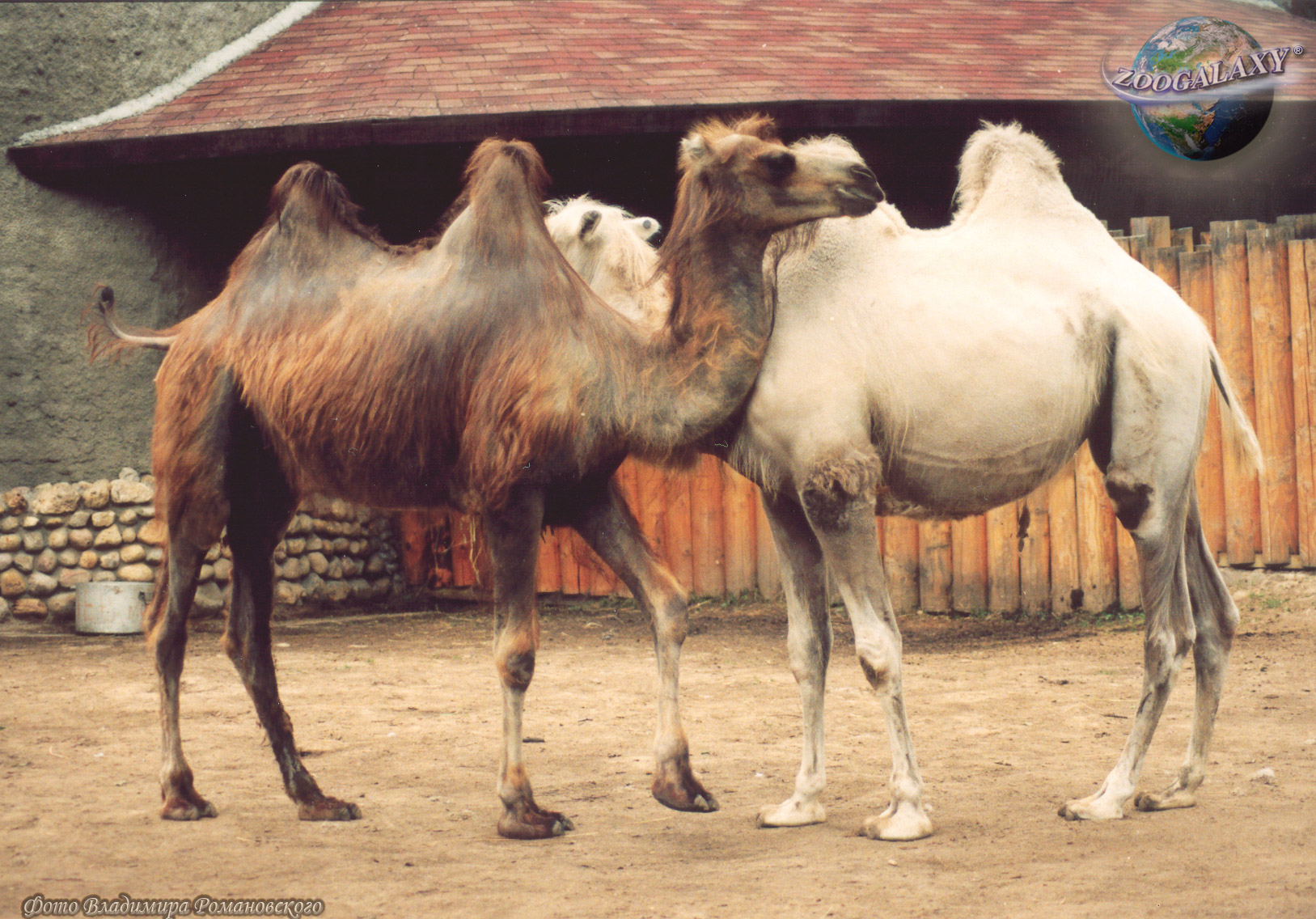
Answer
– Water is stored in the animal’s bloodstream rather than in the hump. Camels get liquid from the plants they eat and can lose a high percentage of their body fluids without disrupting their health.
Why don’t dogs like cats?
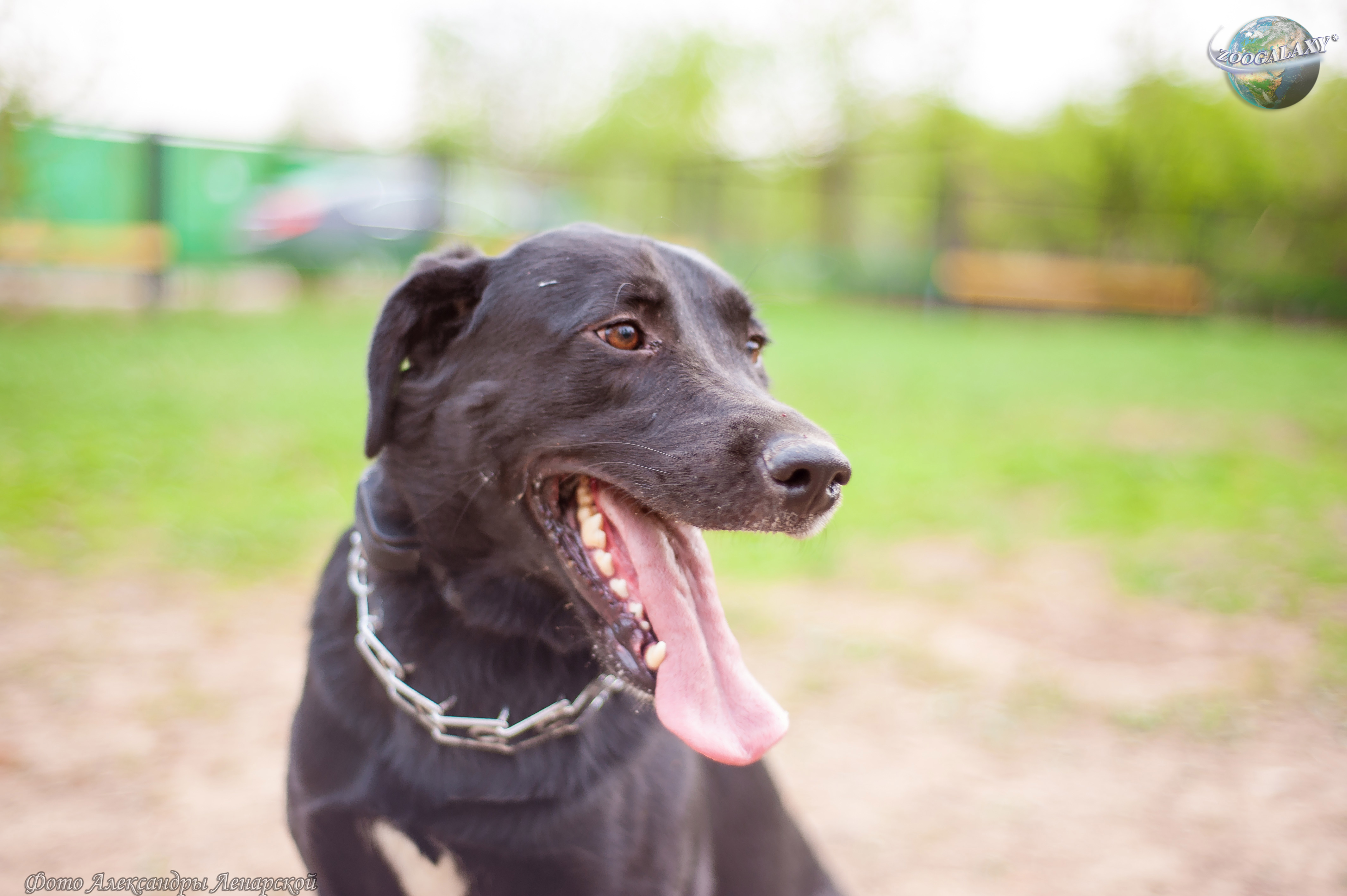
Answer
– Not all dogs dislike cats, but indeed, many dogs don’t like them. Dogs have a natural instinct to chase smaller animals that flee, and this instinct is more pronounced in the dogs of some breeds (e.g. hunting dogs). In some cases, a dog may demonstrate its interest towards a cat and chase it to play or interact.
Why do crocodiles cry?
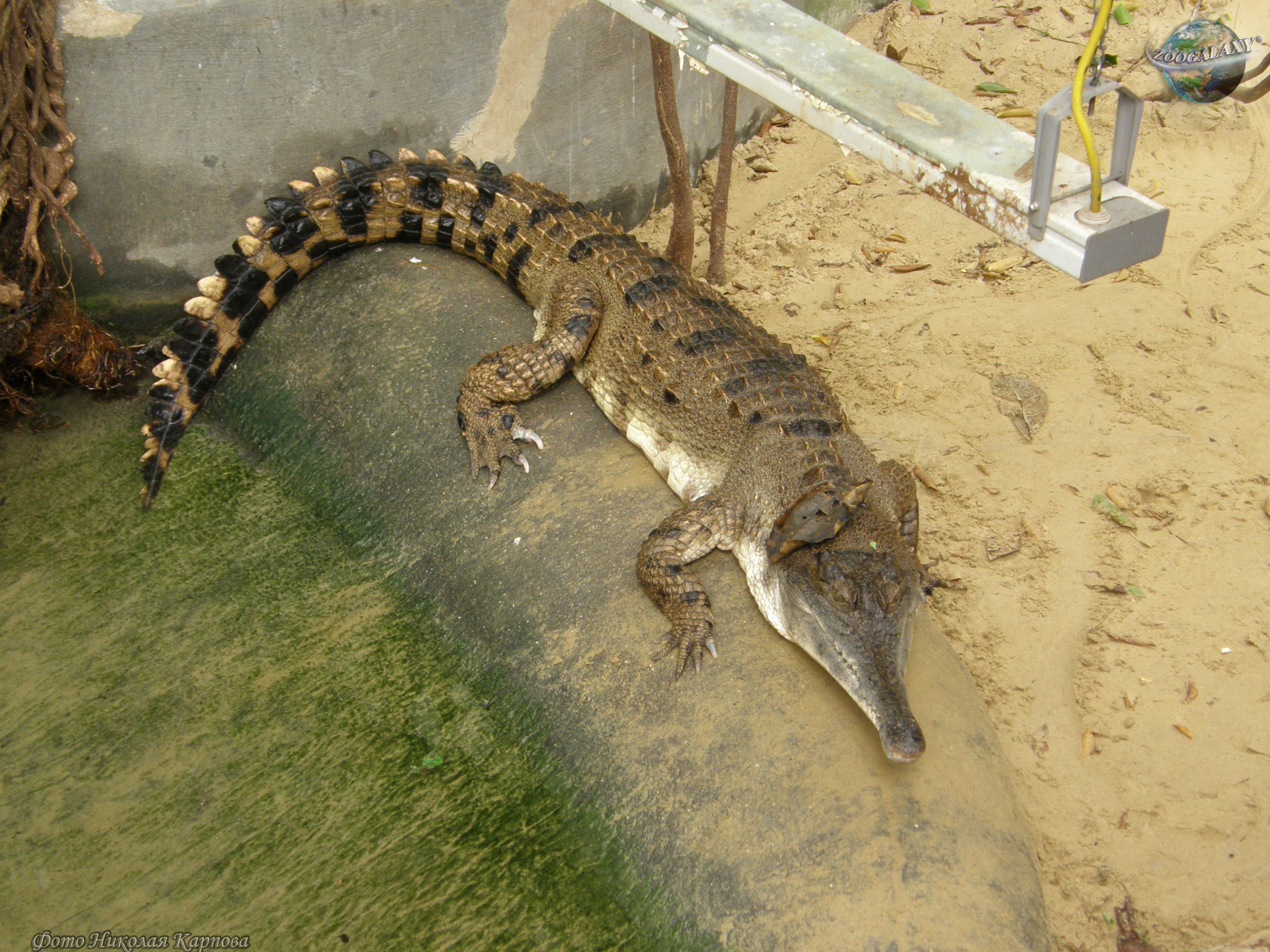
Answer
– To maintain their bodies’ salt and water balance, crocodiles have special salt glands that secrete a very concentrated salty solution, which allows them to get rid of extra salt. Besides, the “tears” protect their eyes from bacteria and mud.
Are elephants really afraid of mice?
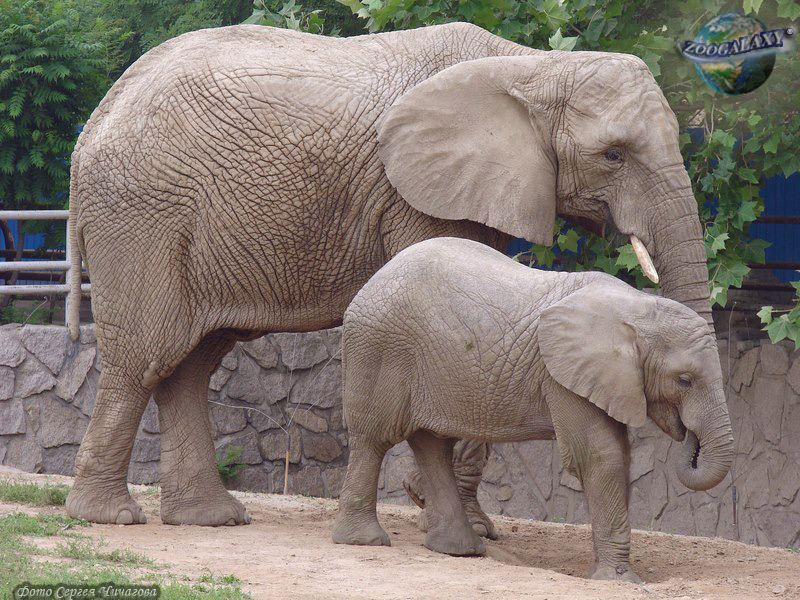
Answer
– Theories abound that elephants are afraid of mice because a mouse can climb up into an elephant’s trunk and block its airways. However, an elephant can simply solve this problem by sneezing.
Why do zebras have stripes?
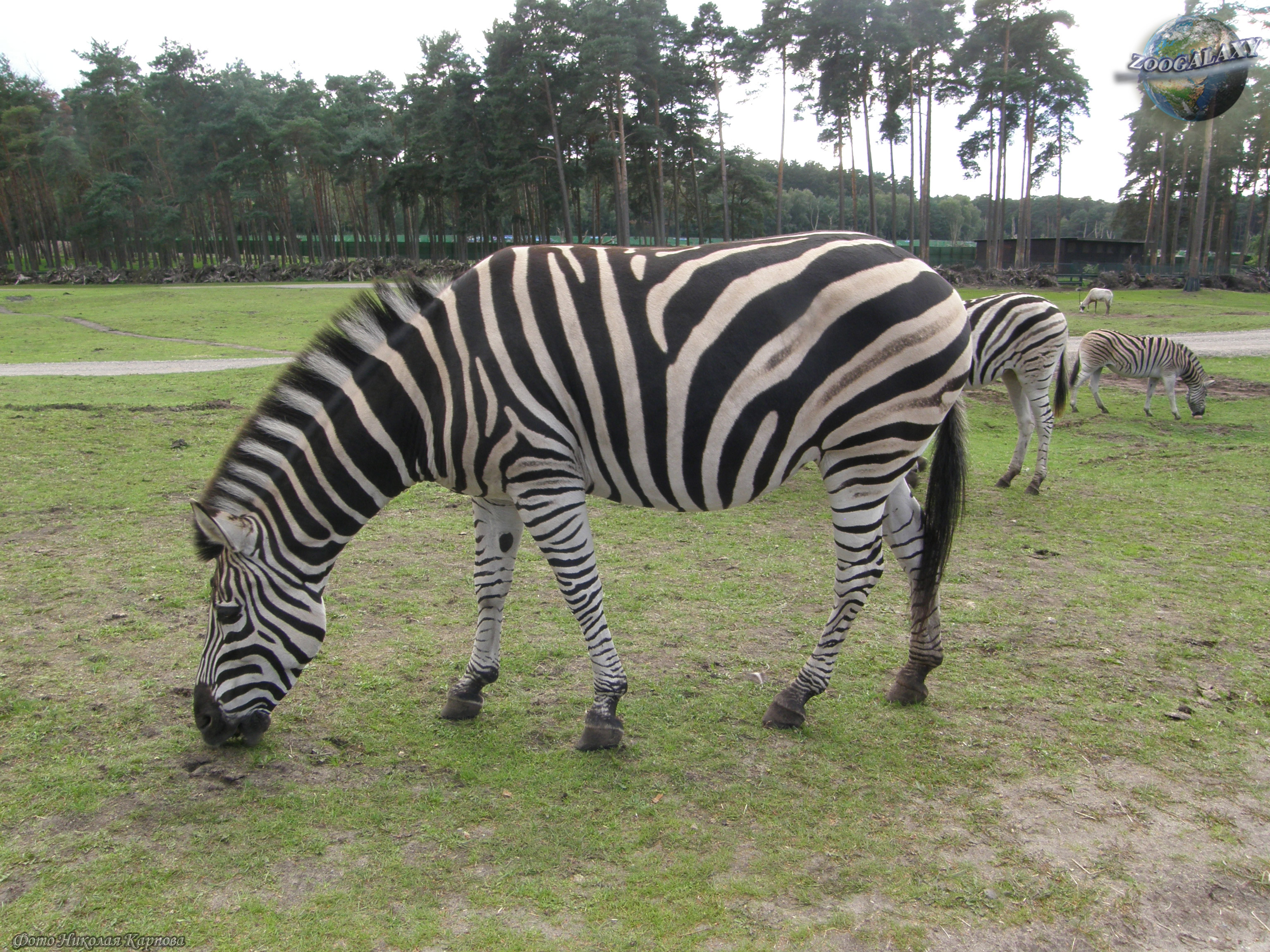
Answer
– Stripes are thought to help zebras camouflage themselves and escape from lions and other predators.
Why don’t we ever see baby pigeons?
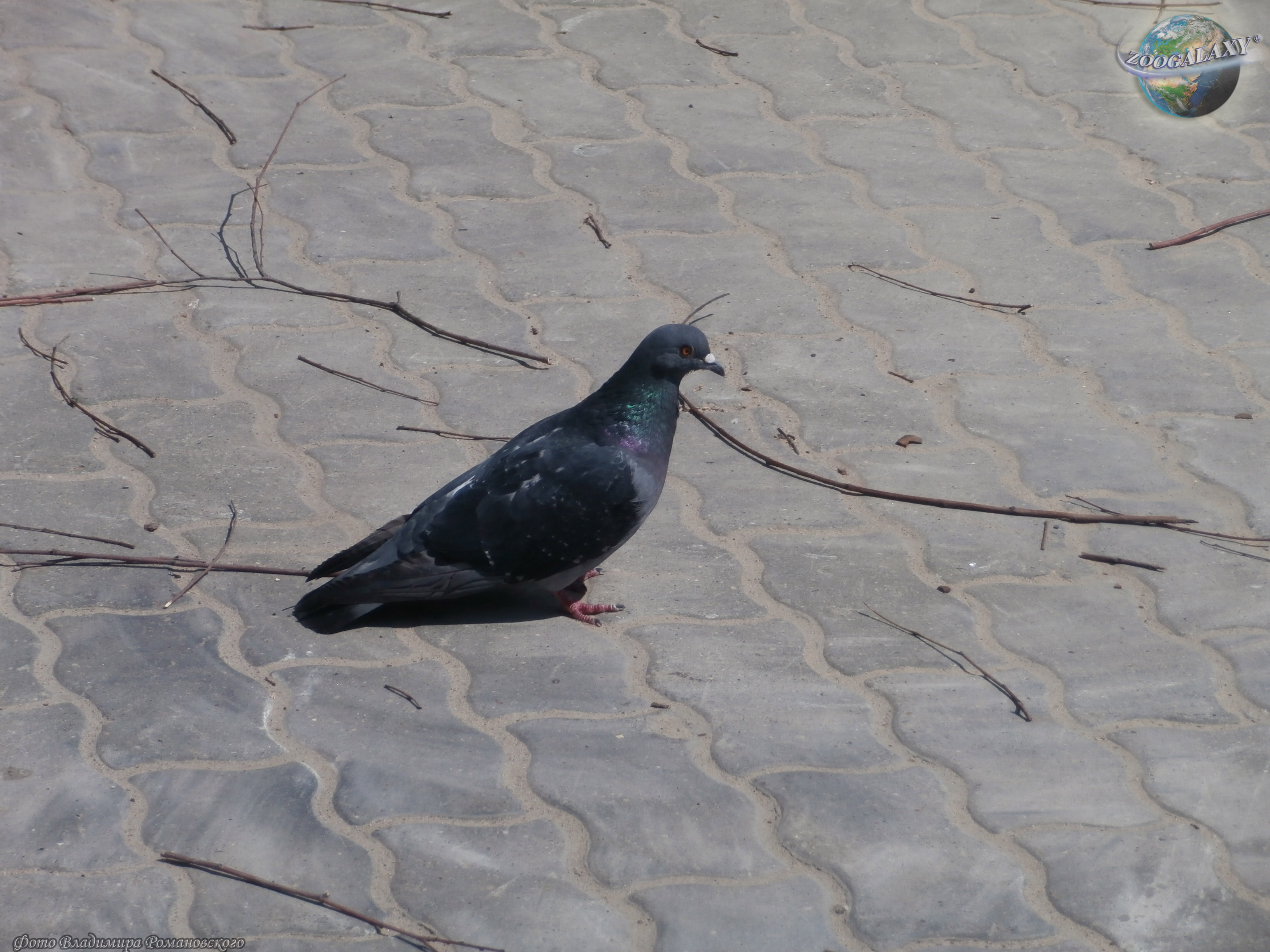
Answer
– Pigeons construct their nests in the places where they are difficult to see and get to. Pigeons’ offspring spend their early life in the nests and leave the nest when they have a look of an adult bird.
Why do horses need horse shoes?
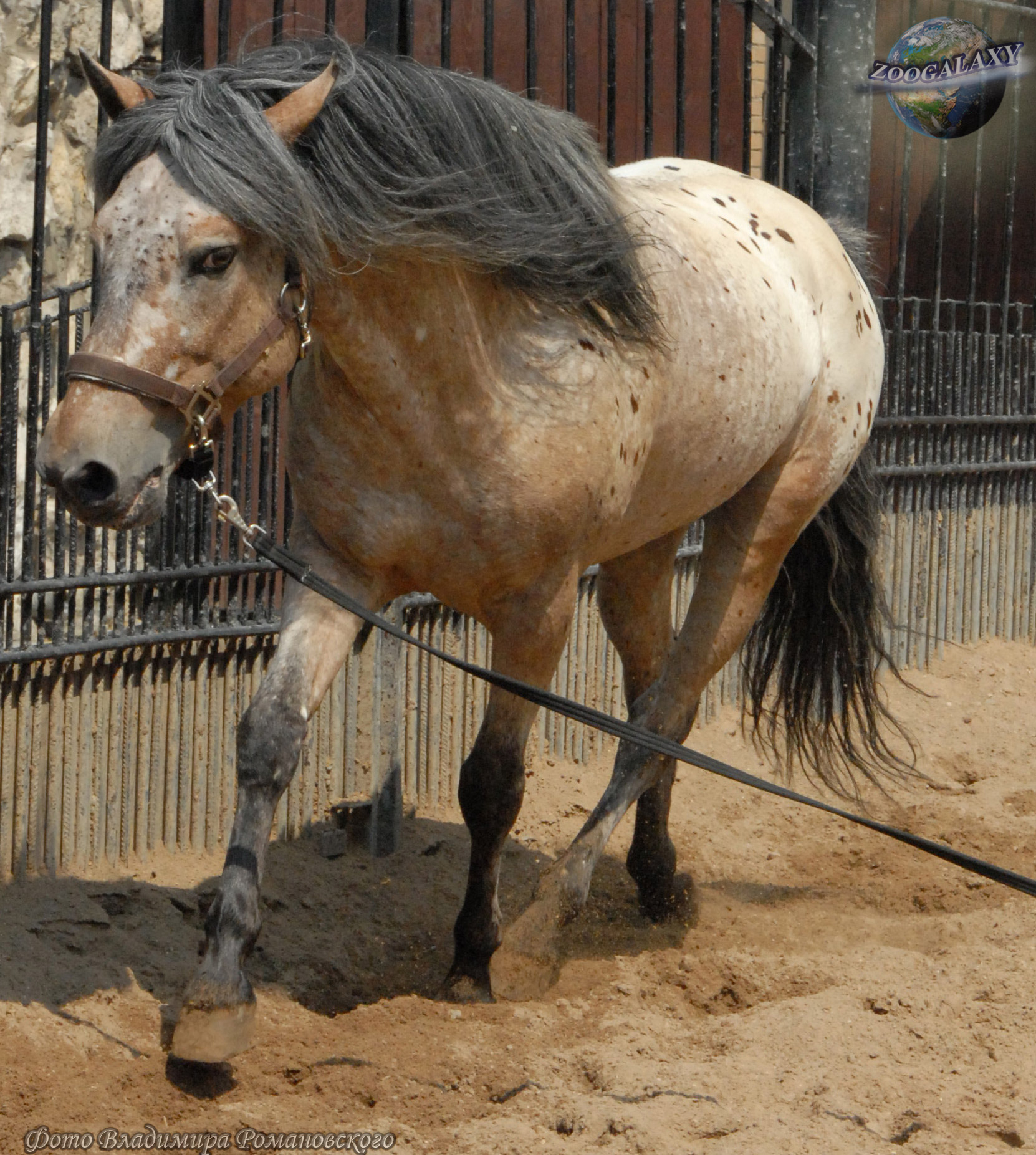
Answer
– The purpose of the horse shoe is to protect the hoof walls that otherwise may be worn away or damaged by hard ground.
Why do some lizards shed their tails?
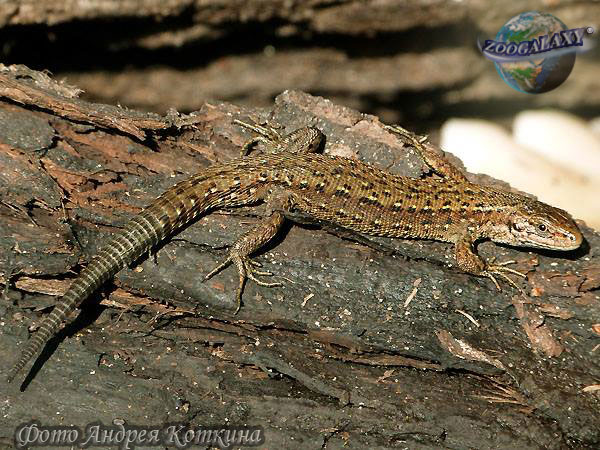
Answer
– A lizard can shed its tail with a “power of mind”. When caught by the tail a lizard will shed part of it in attempting to escape.
Why do birds fly in a V-formation?
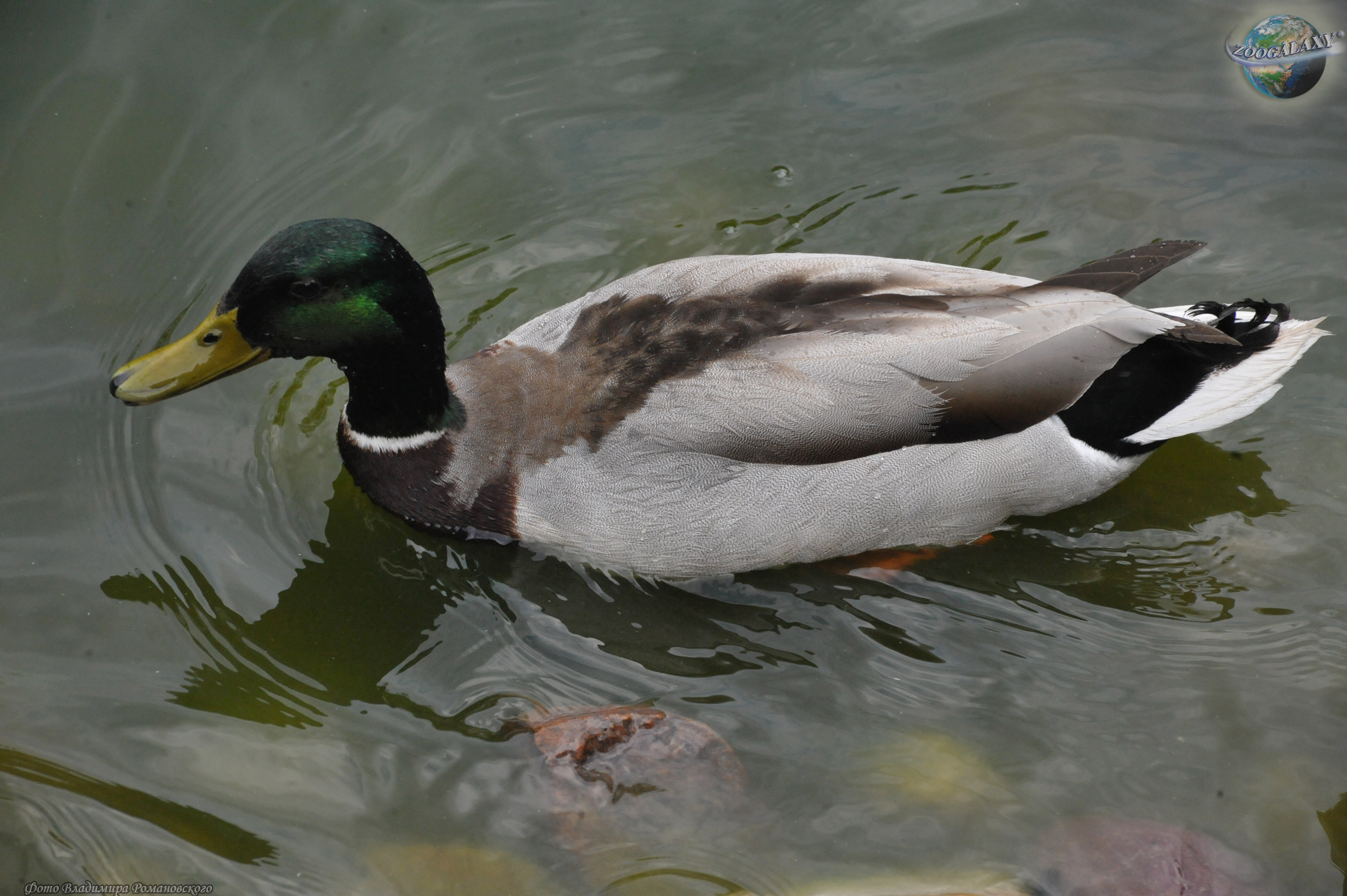
Answer
– They do it to save their energy. The lead bird works the hardest by breaking into undisturbed air. Each bird flies slightly behind and to the side of the bird in front, which results in the reduction of wind resistance. The birds take turns being in the front.
What is the elephant’s trunk used for?
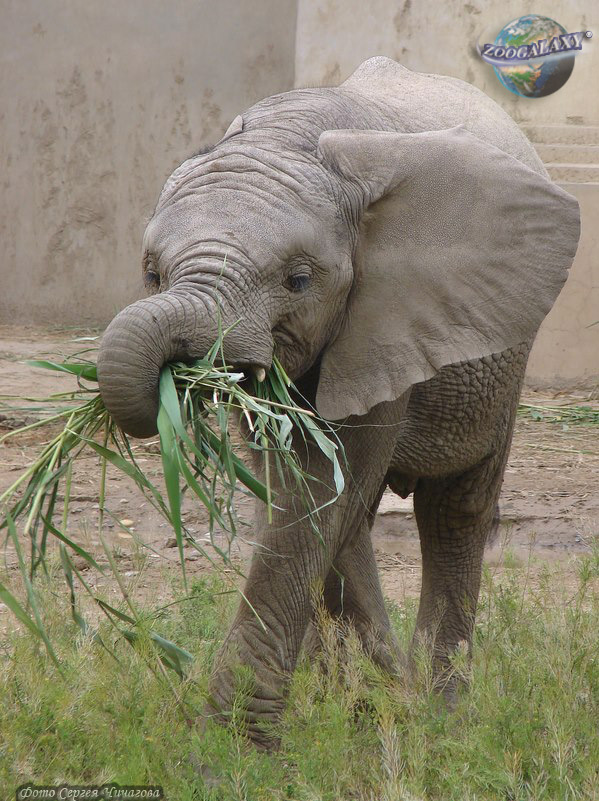
Answer
– The elephant’s trunk is a fusion of the nose and upper lip of the animal. The trunk is used not only for breathing and smelling but also for touching and grasping. Elephants use their trunks to to grasp various food items growing on high trees.
Why do cats have whiskers?

Answer
– Cat's whiskers (also called vibrissae) are an important sensory tool that helps a cat to detect any movements, even in a full dark. Whiskers are extremely important for hunting.
Why can’t fish live out of water?
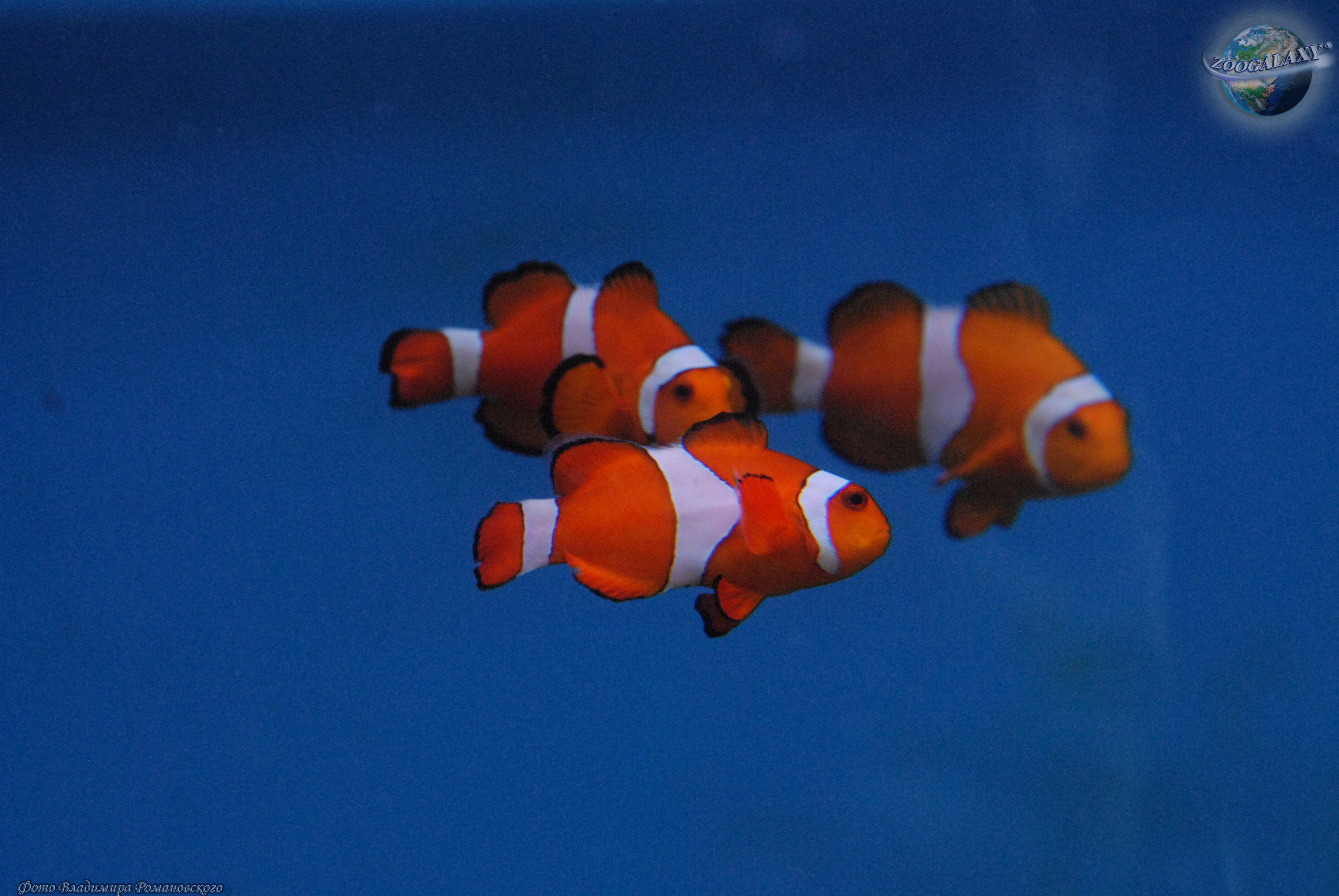
Answer
– Like all other animals, fish need oxygen to live, but in contrast to people, their lungs are not designed to extract oxygen from the air. Instead, fish extract the oxygen by passing the water through their gills. Most of fish suffocate and die, if they are taken out of water.
How do spiders spin their webs?
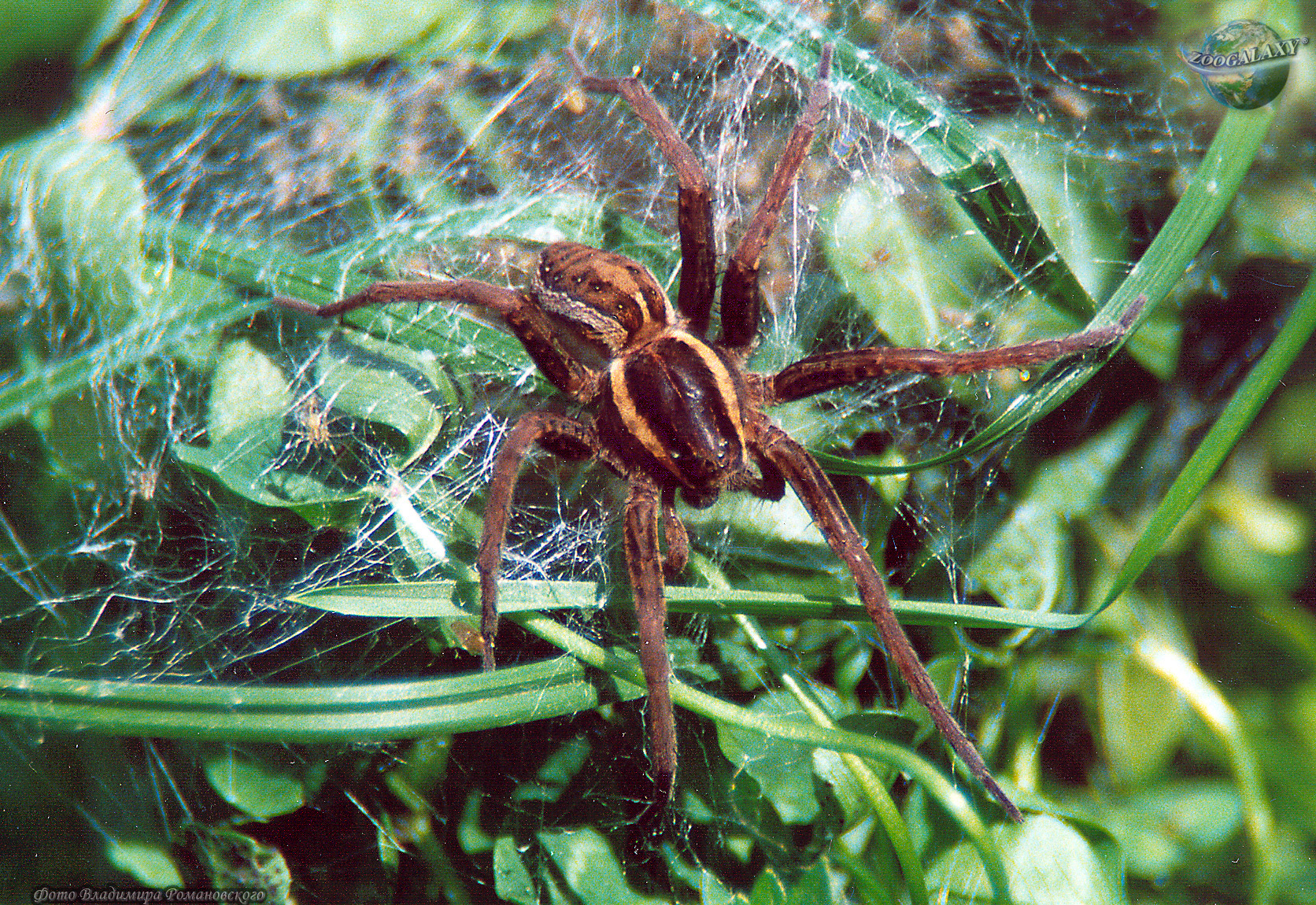
Answer
– Spiders produce liquid silk from the special glands located at the tip of their abdomens. When contacting the air, the silk dries and forms thin threads.
Why does the peacock have such a beautiful tail?
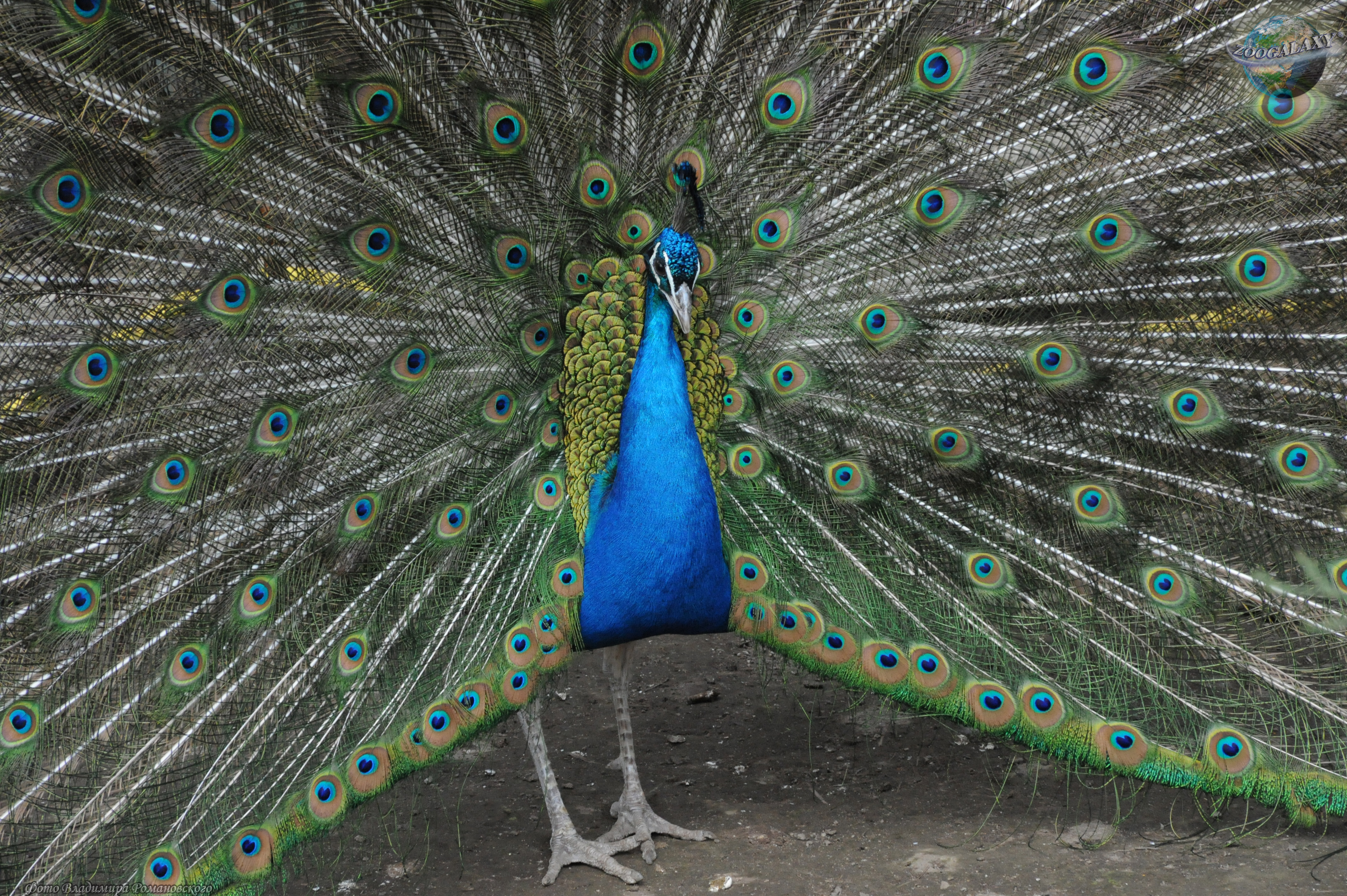
Answer
– Only male peacocks have beautiful tail feathers (called “train”). They need them to attract females (peahens) because peahens usually choose males for the size, shape and colour pattern of their trains.
Why don’t fish float or sink in water?
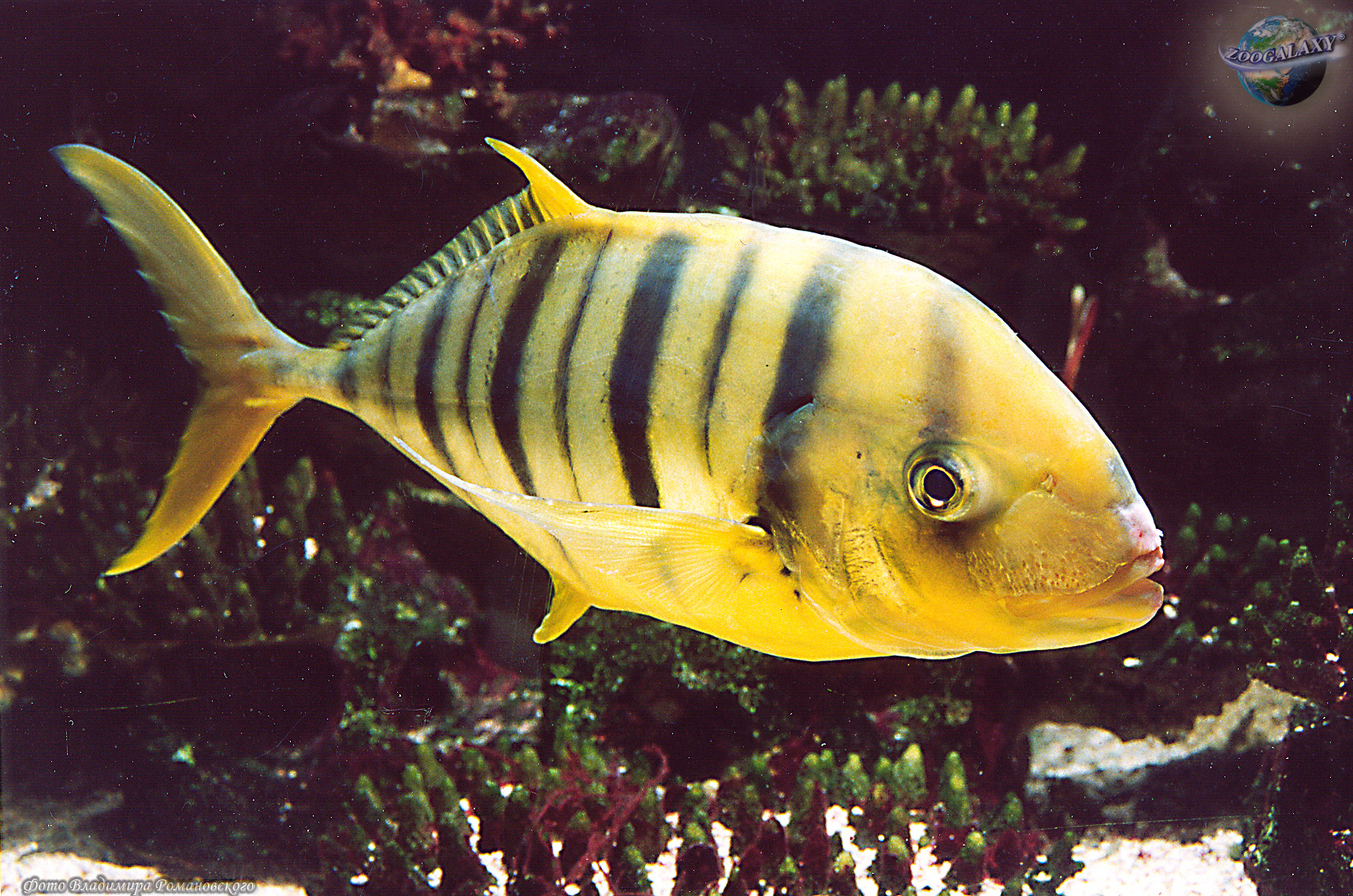
Answer
– To stop themselves from floating fish use a unique organ called swim bladder. The swim bladder is full of air, which helps fish balance themselves. However, some of the fish, such as the shark, doesn’t have a swim bladder and should keep moving as otherwise it may drown.
Why do cat eyes glow?
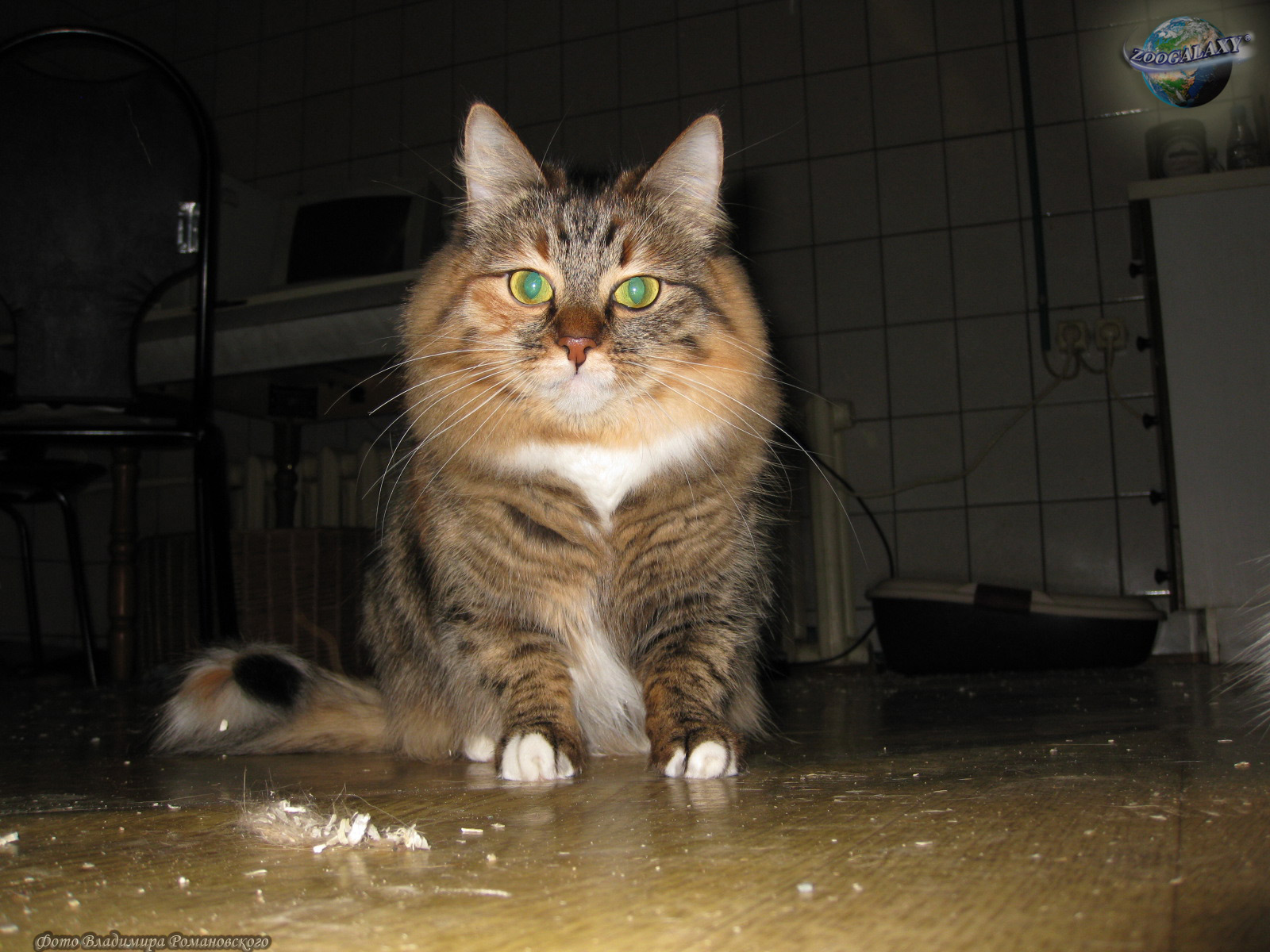
Answer
– Cats appear to have glowing eyes because the back of their eyeballs includes a special reflective layer that help the animals see better in the dark. Due to this feature, cat eyes can reflect light, but they don’t emit light.
Why do walruses stay warm?
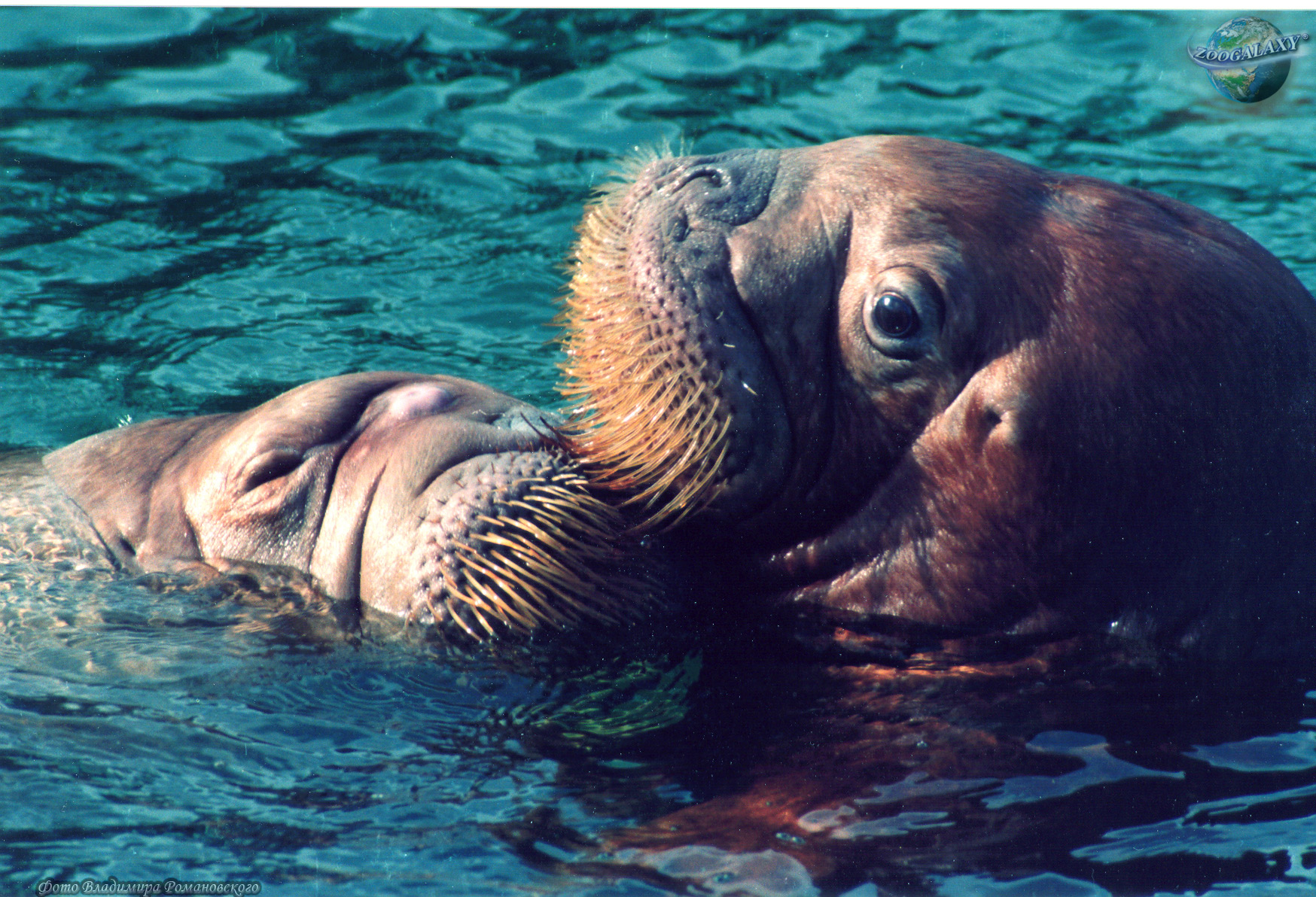
Answer
– Walruses live in the Arctic and enjoy swimming and diving in the icy water. Tough thick hide and even a thicker layer of fat underneath help walruses stay warm in their cold environment.
Why it can be deadly to stroke a poison dart frog?
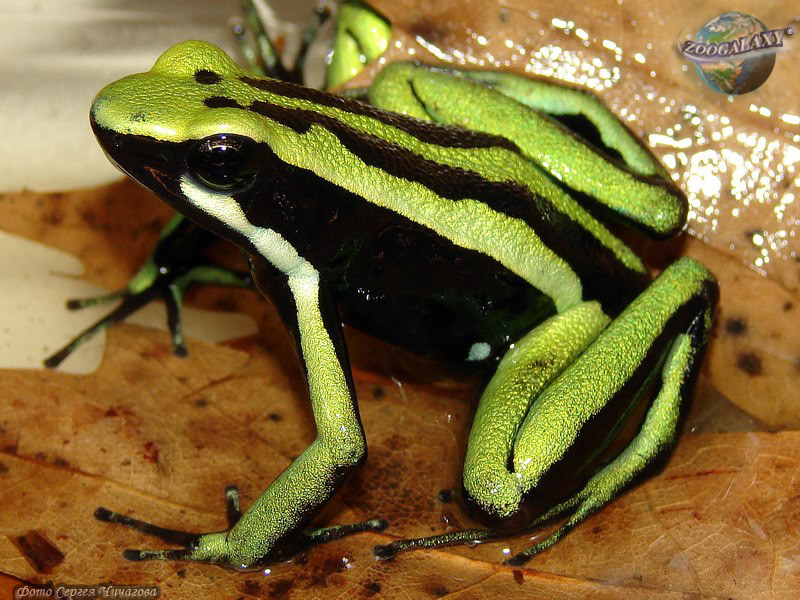
Answer
– Poison dart frogs living in South America are extremely poisonous. These frogs’s poison excretes from their skins and protects the frogs from predators. Just touching this beautifully coloured frog can be fatal.
Why do swallows fly low before rain comes?
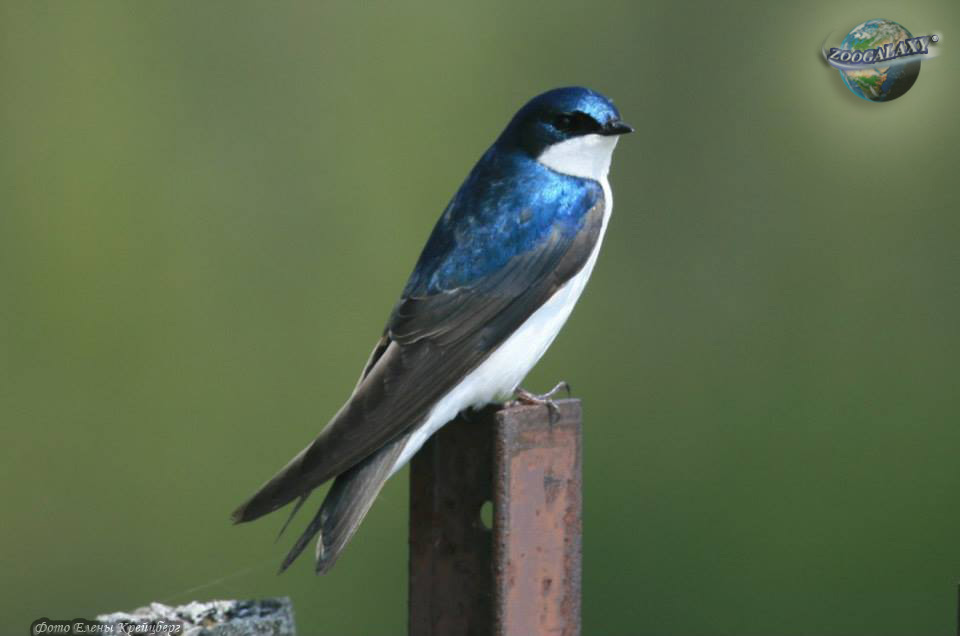
Answer
– Swallows are predators that chase small insects in the air. On fine summer days insects are swept up high on warm thermal currents rising from the ground, and swallows head upwards chasing their food. If bad weather arrives and humidity grows, insects hover close to the ground, and swallows follow them.
Why are hedgehogs prickly?
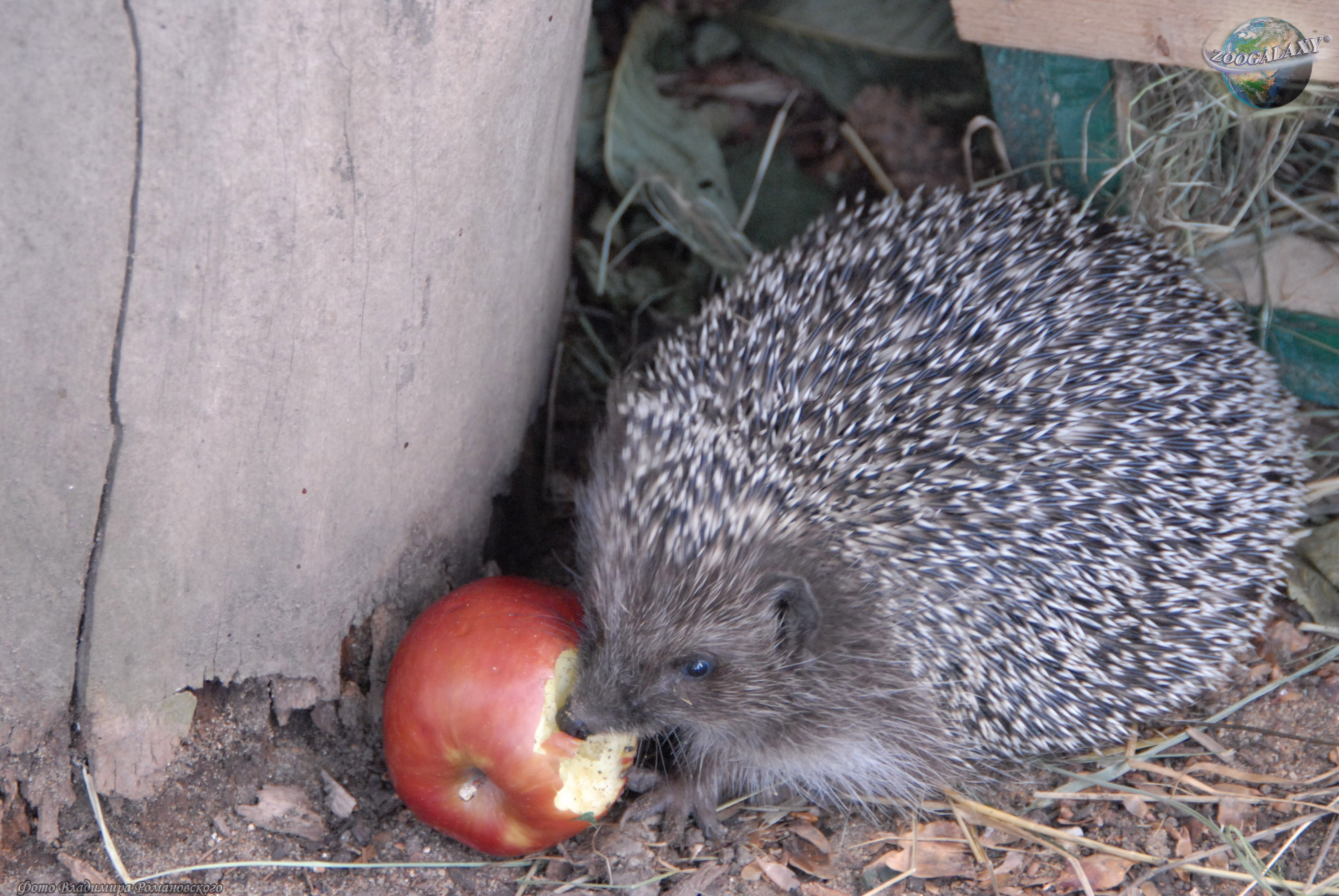
Answer
– Nature provided hedgehogs with spines so that they could keep themselves safe from danger.
Why penguins can’t fly?
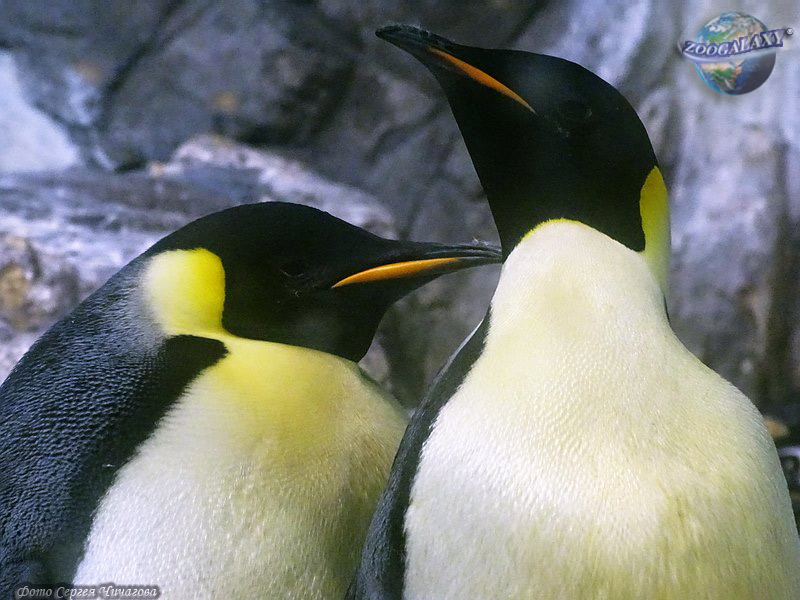
Answer
– Penguins live in coastal and oceanic habitats and feed exclusively on fish. They are typical aquatic animals spending half of their time in the water. Unlike the wings of other birds, penguins' wings are more like flippers that make them particularly adapted to life in the water. These heavy flippers cannot generate enough lift to get penguins’ bodies into the sky.
Why a black cat crossing your path is considered bad luck?

Answer
– The folklore surrounding black cats varies from culture to culture. In some of them, a black cat was viewed as a companion of the witch or a witch who had taken the form of black cat. A black cat was considered as a symbol of bad luck.
Why are ladybird beetles called that?
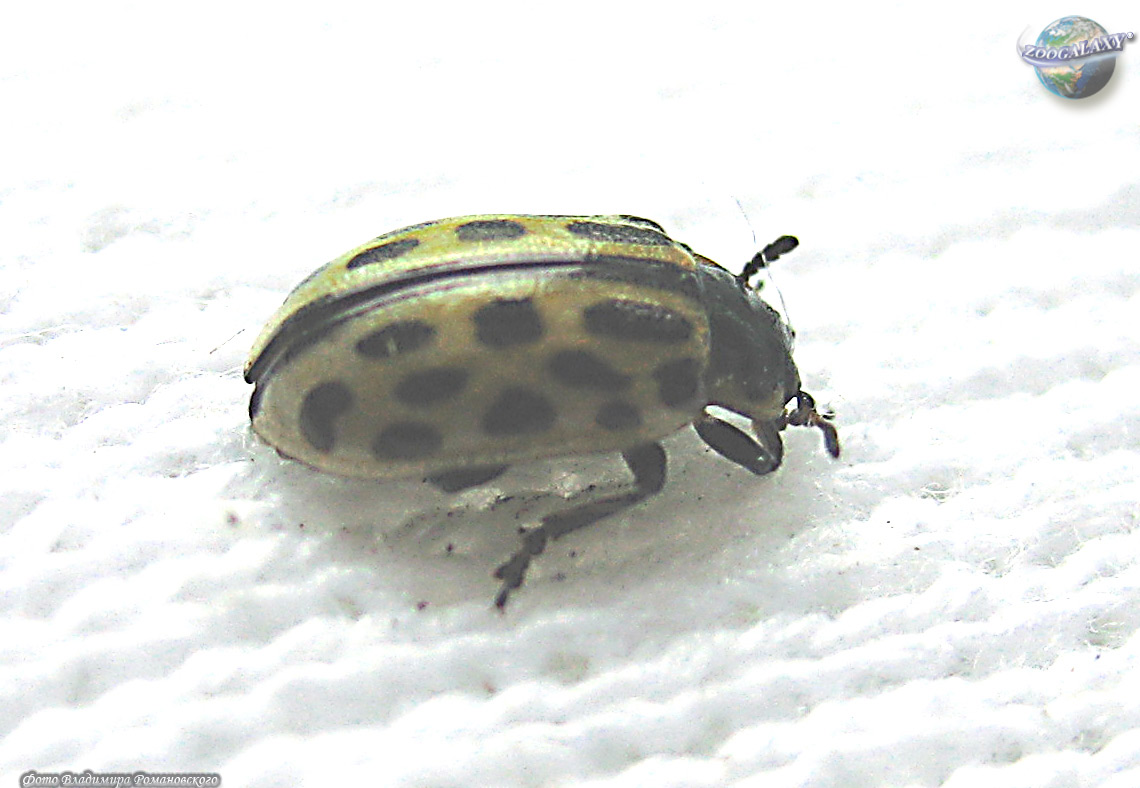
Answer
– Ladybugs, or ladybird beetles, got their name about 500 years ago in Europe. In Europe, during the Middle Ages, insects were destroying the crops, so the Catholic farmers prayed to the Virgin Mary for help. Soon the ladybugs came, ate the plant-destroying pests and saved the crops! The farmers began calling the ladybugs "The Beetles of Our Lady", and they eventually became known as "Lady Beetles"! The red wings represented the Virgin's cloak and the black spots represented her joys and sorrows.
Why do leopards hide their kill on trees?
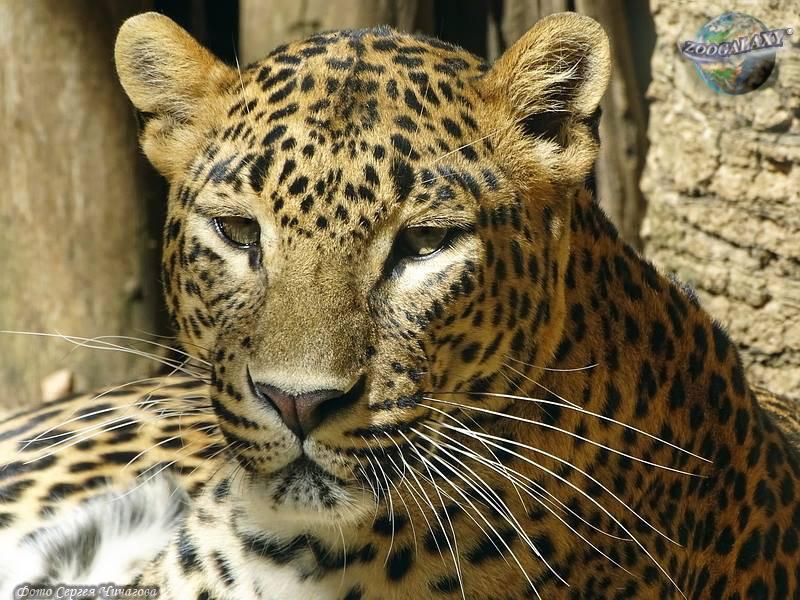
Answer
– Unlike many other solitary animals, leopards are skilled climbers. They often hide trees and drag their kill into trees to keep it from being taken by other animals.
Why does a cuckoo chick toss eggs out of the nest?
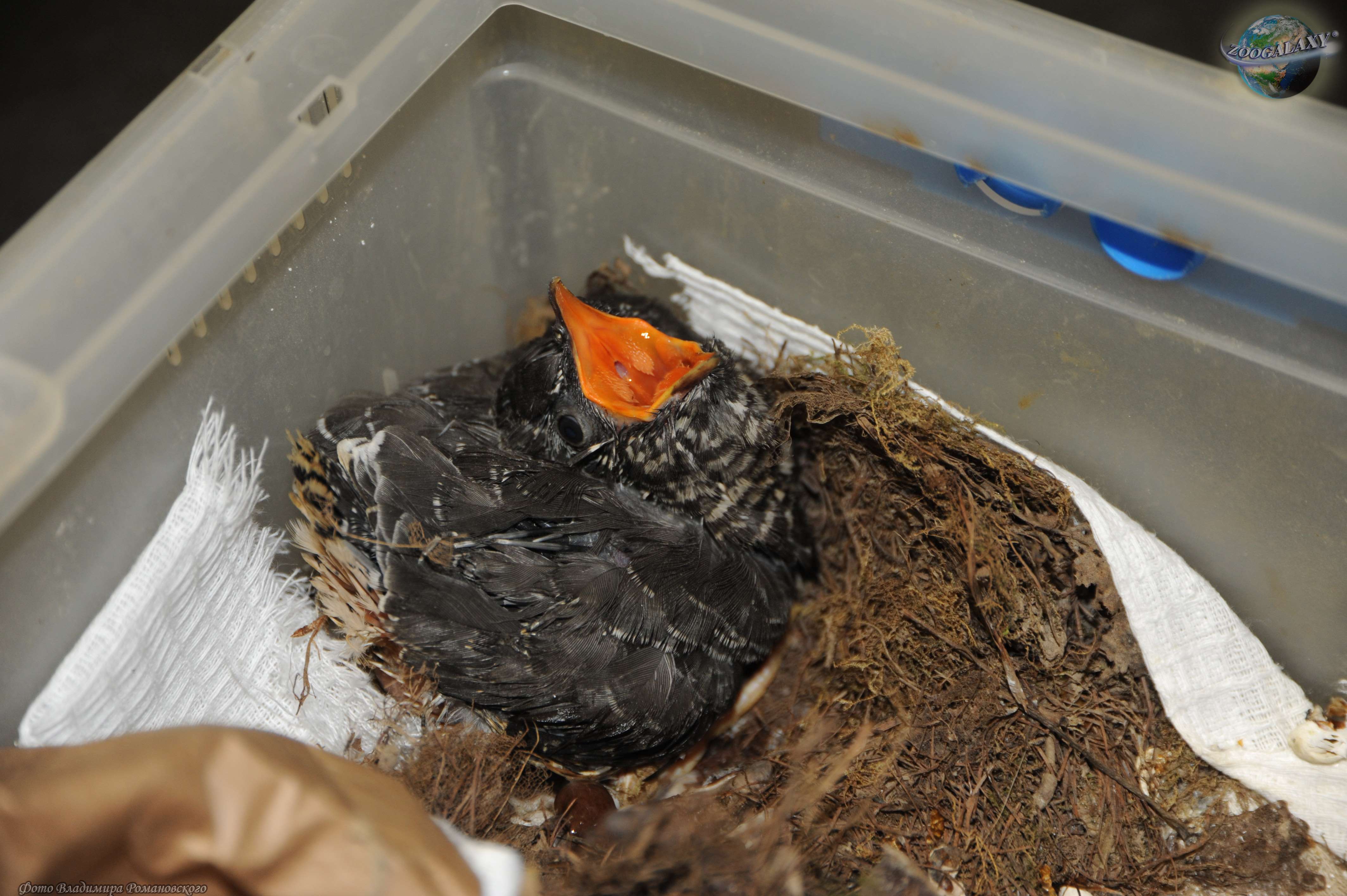
Answer
– The common cuckoo is a brood parasite, which lays its eggs in the nests of other bird species and let host birds look after them. Cuckoo chicks are voracious; besides, they are much larger birds than their hosts and need to monopolise the food supplied by the parents. After hatching, a cuckoo chick methodically pushes all host eggs out of the nest.
How do snakes smell?
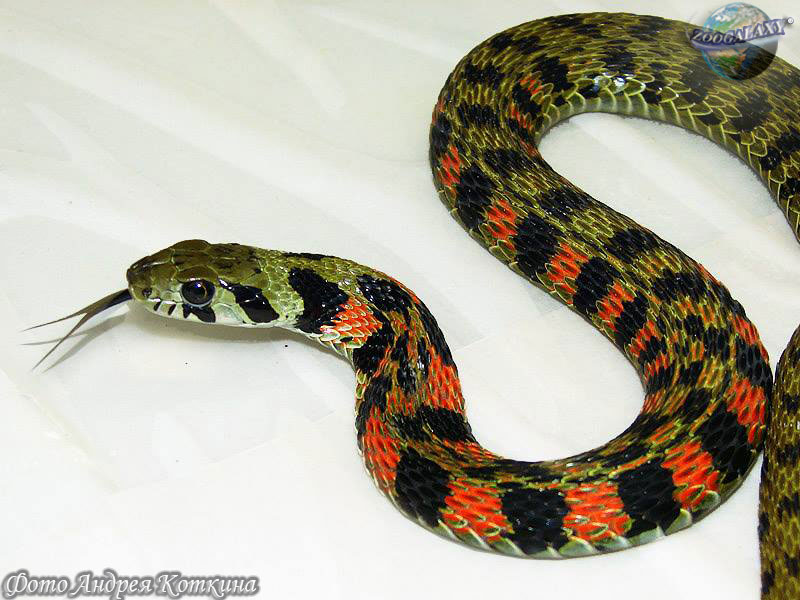
Answer
– Most snakes have an excellent sense of smell, but instead of using their nose, snakes have adapted their tongue and sense of taste to capturing scent particles in the air and transforming it into olfactory information. When a snake sticks out its tongue it smells its surroundings and collects scents and small organisms. When the tongue goes back into the snake’s mouth the forks touches a special sensory organ (called the Jacobson's organ) located on the roof of the mouth. This organ takes in information gathered by the tongue and transforms it into smell.

















